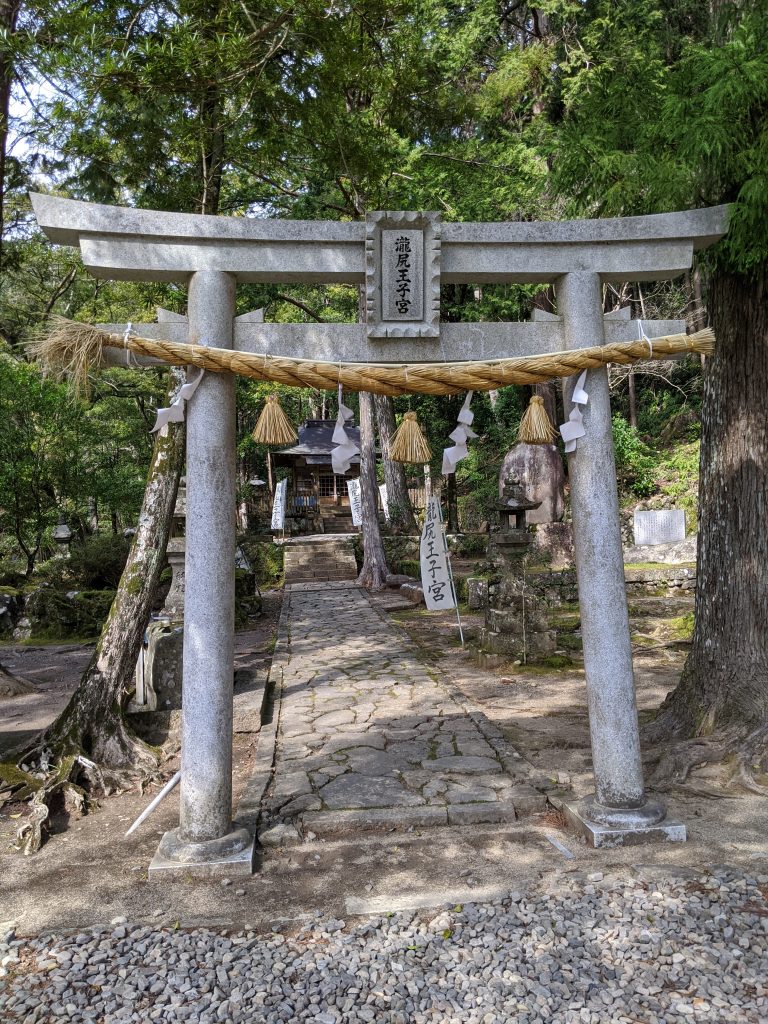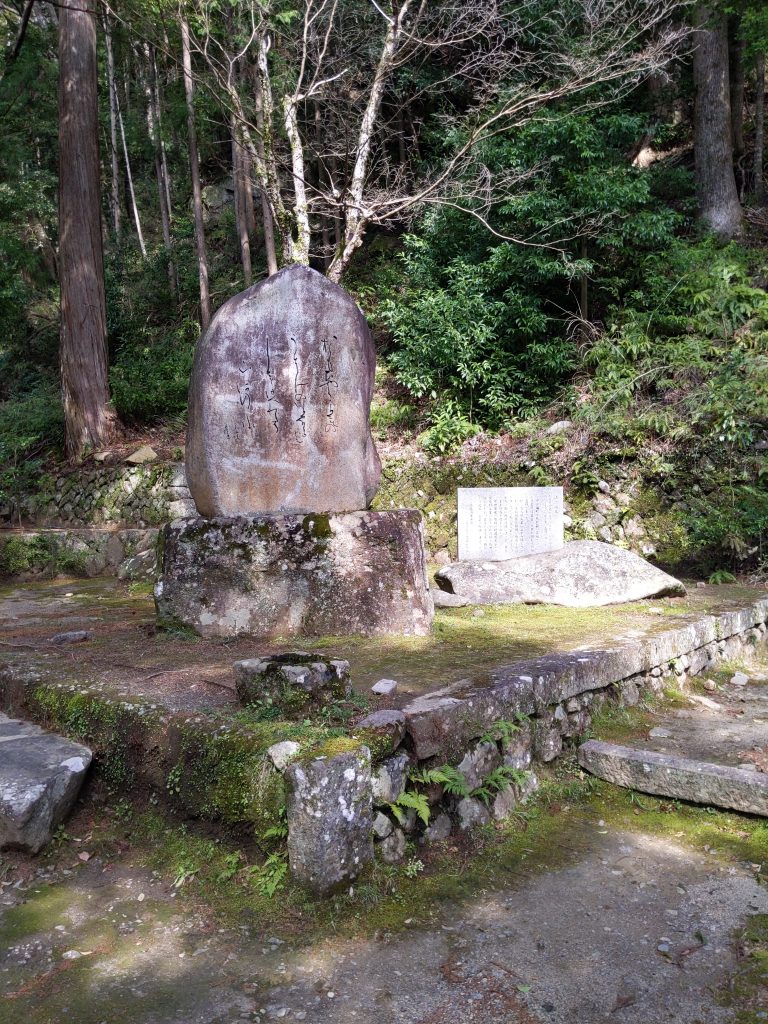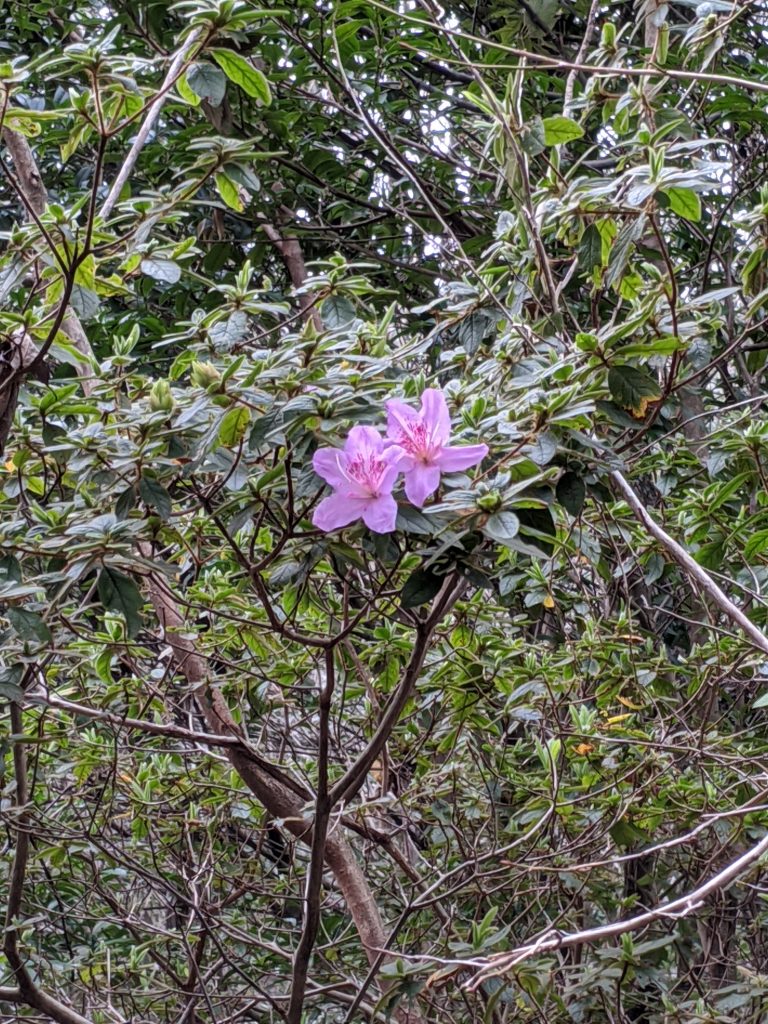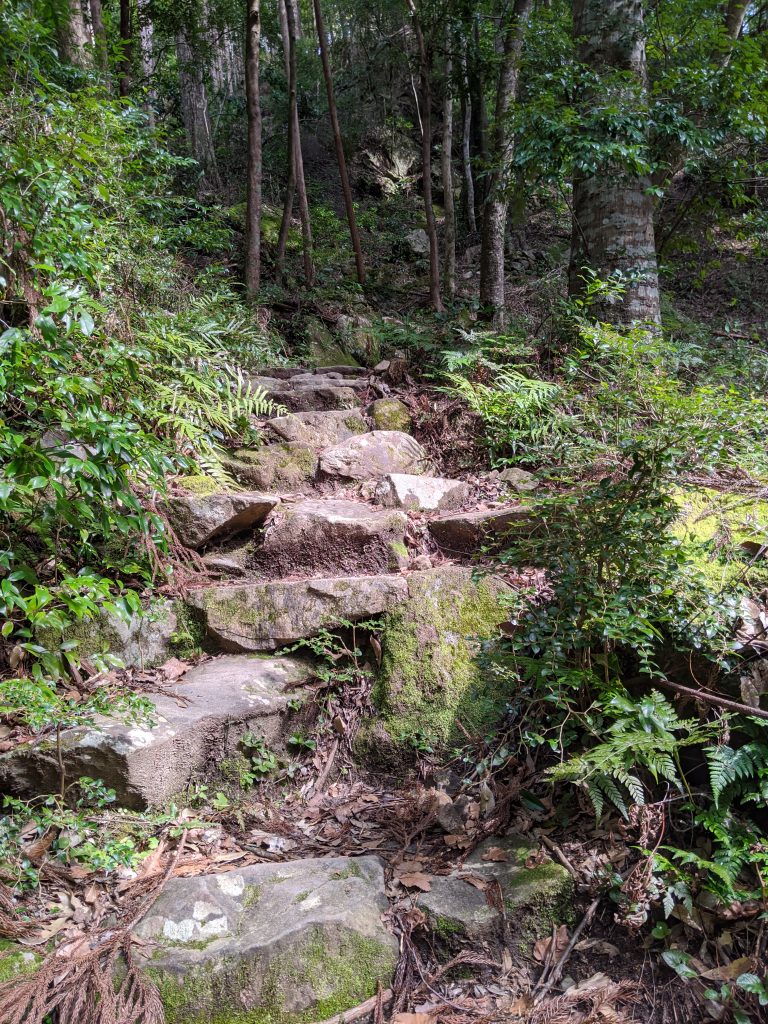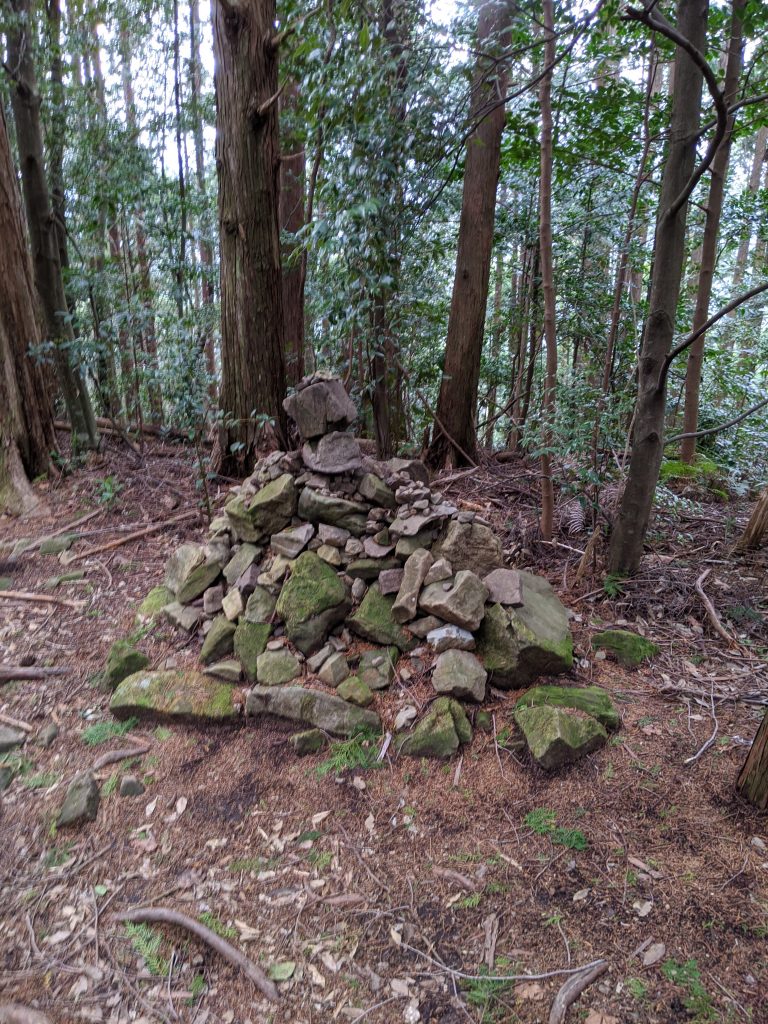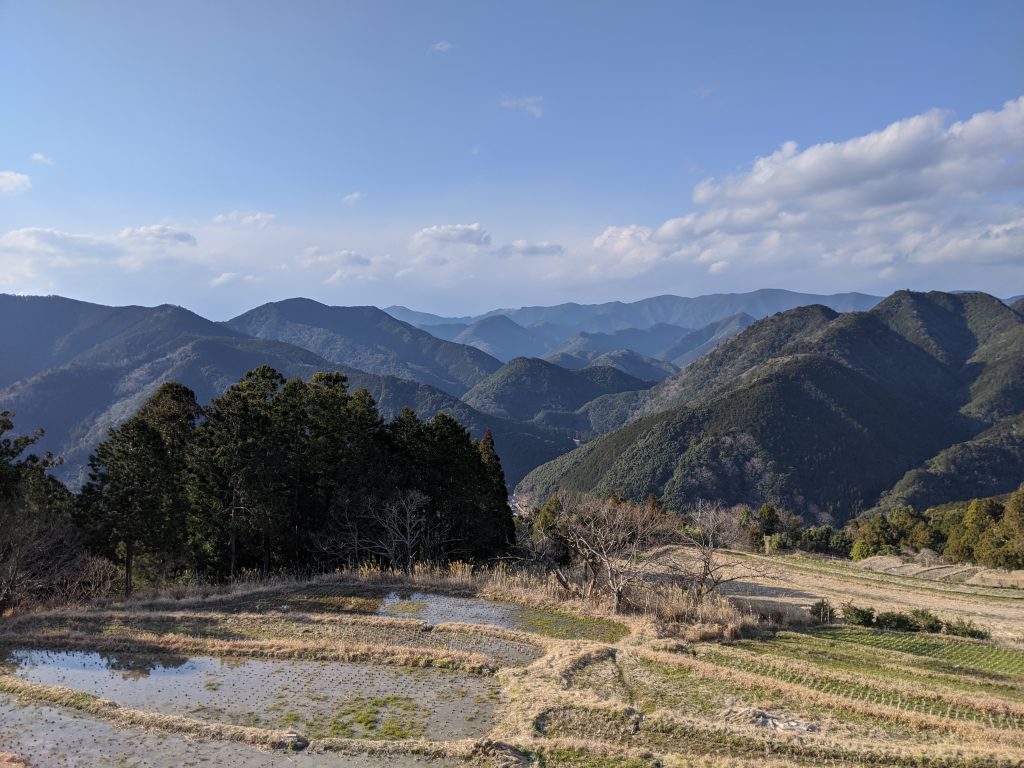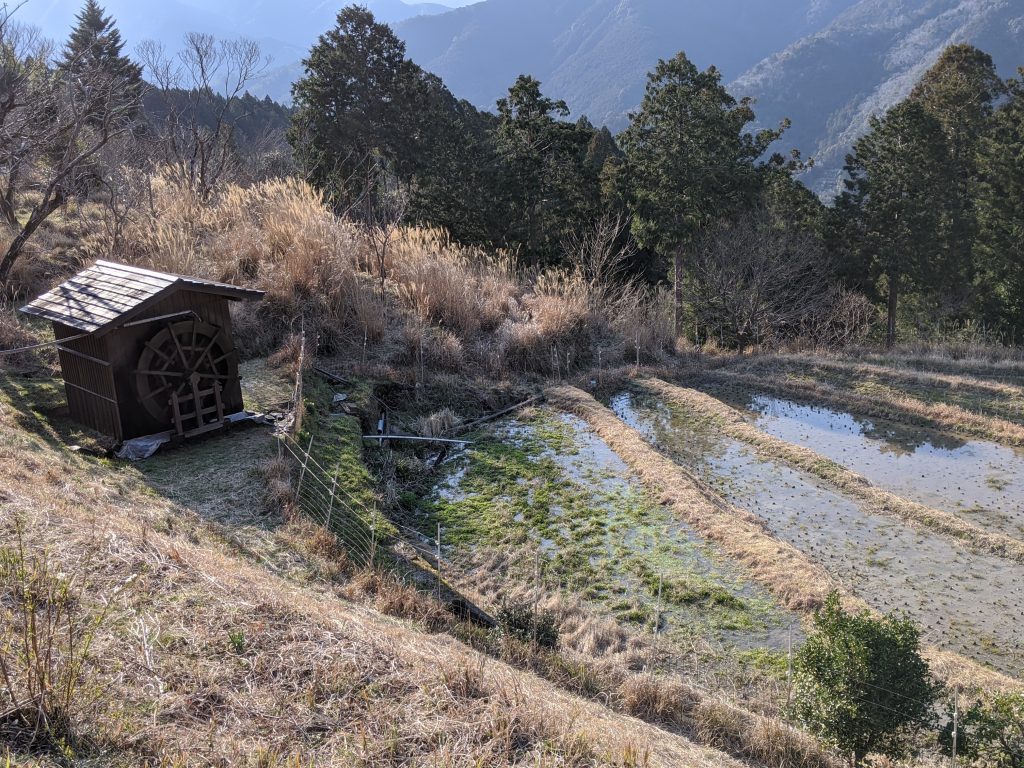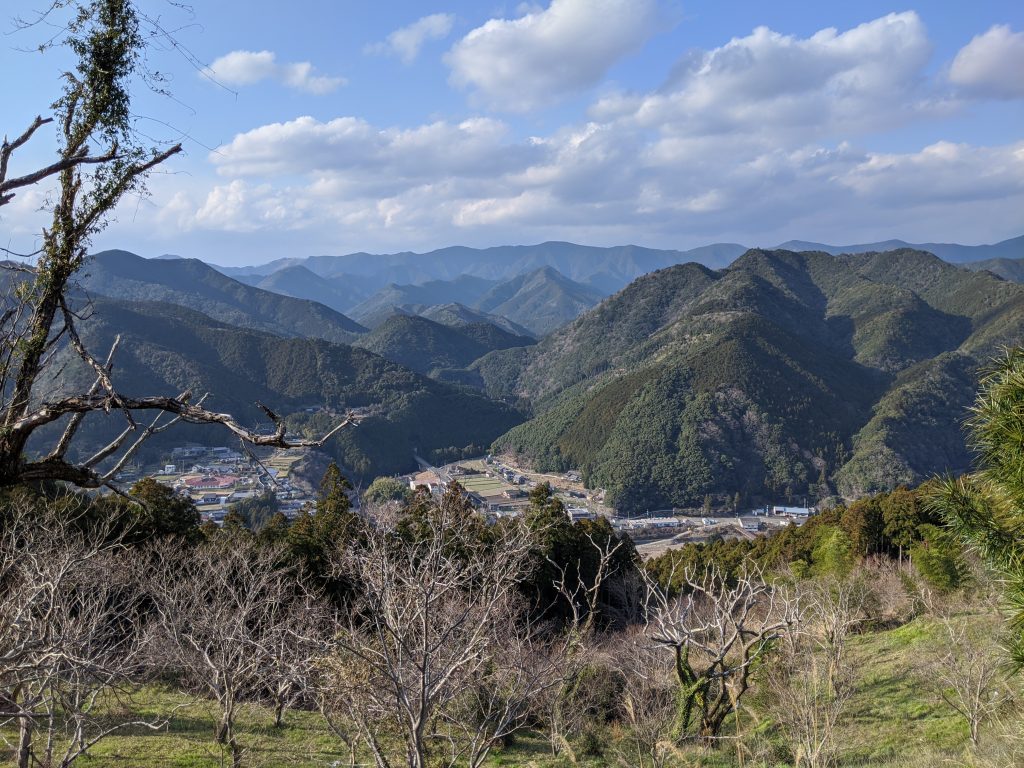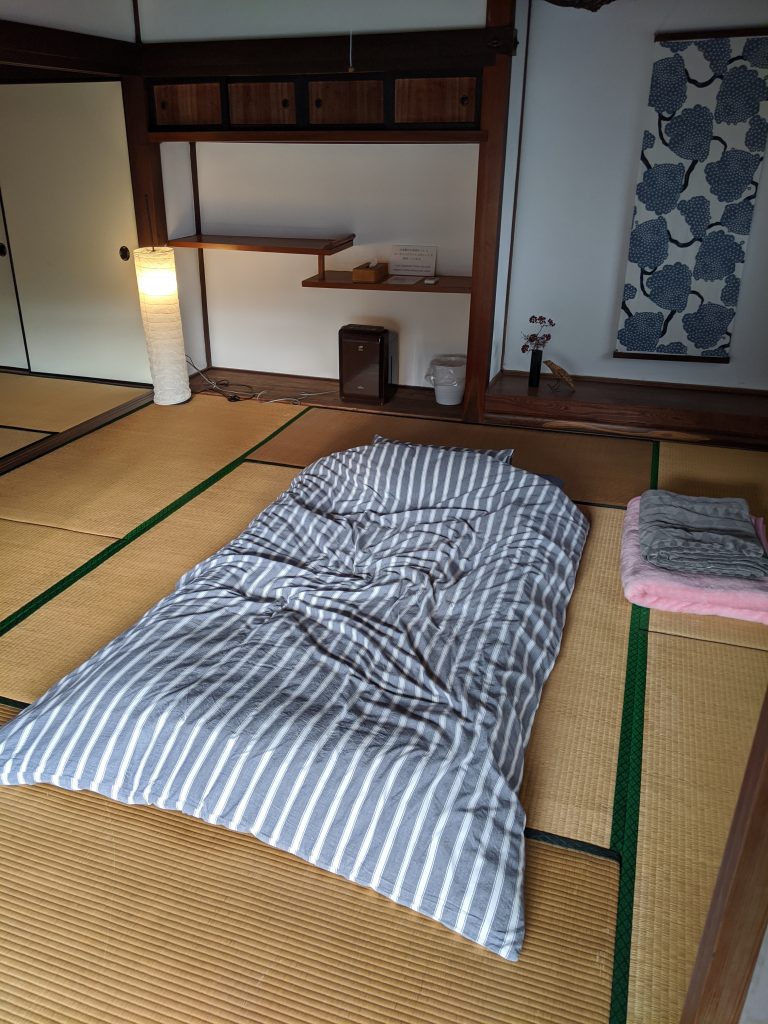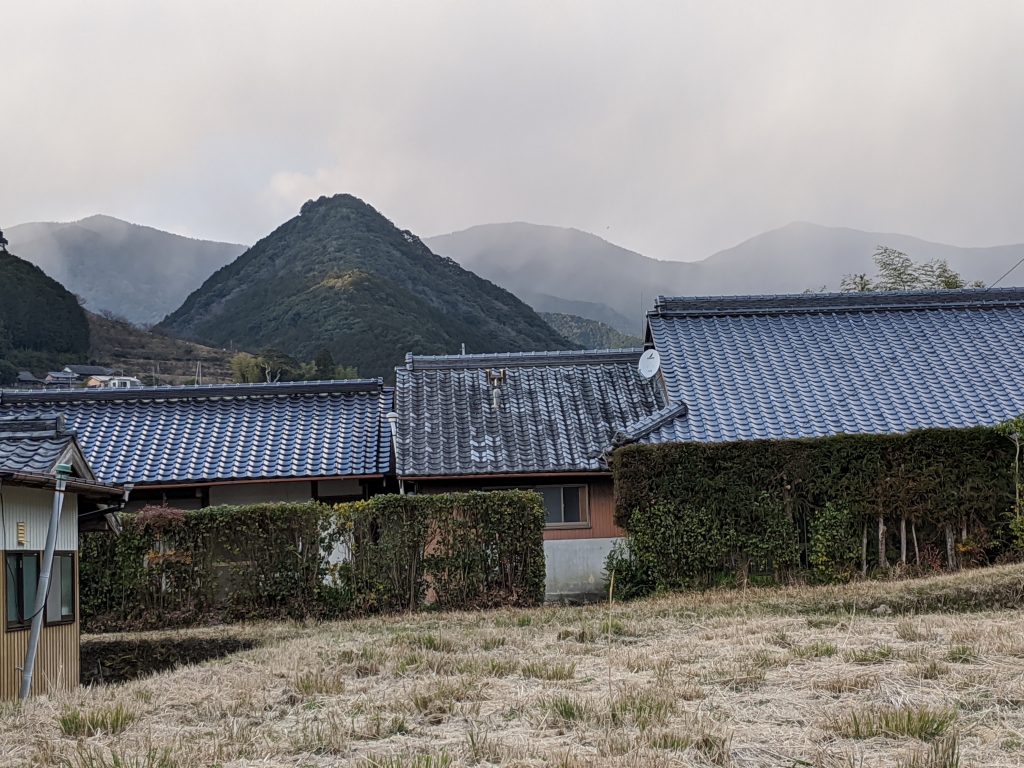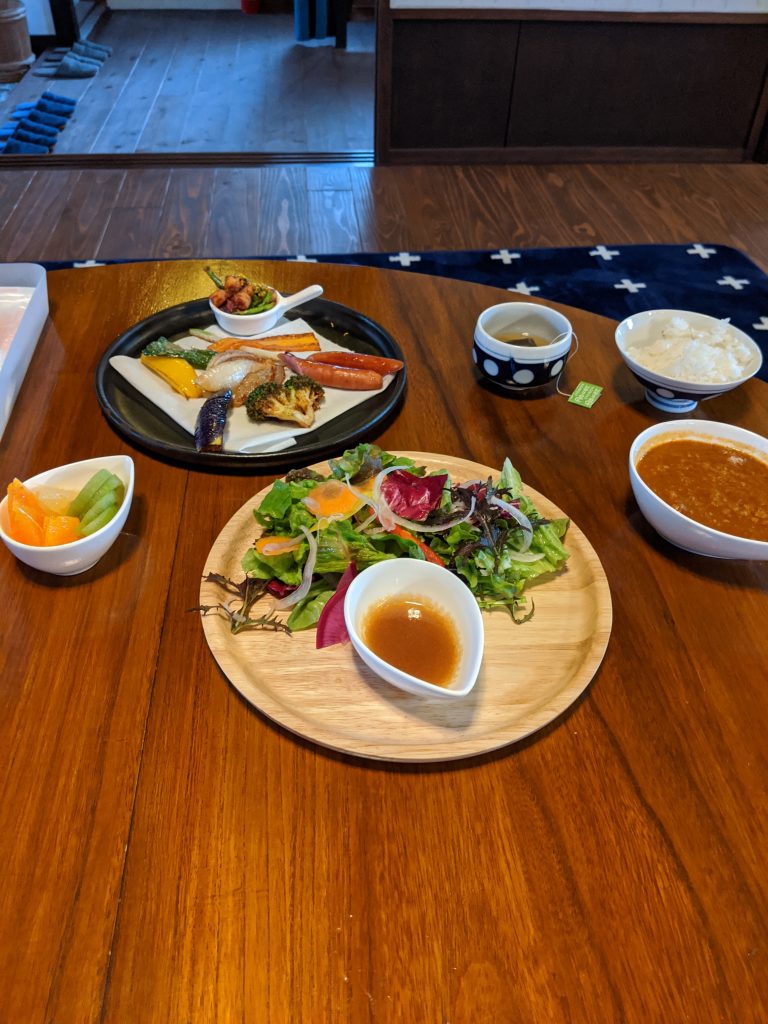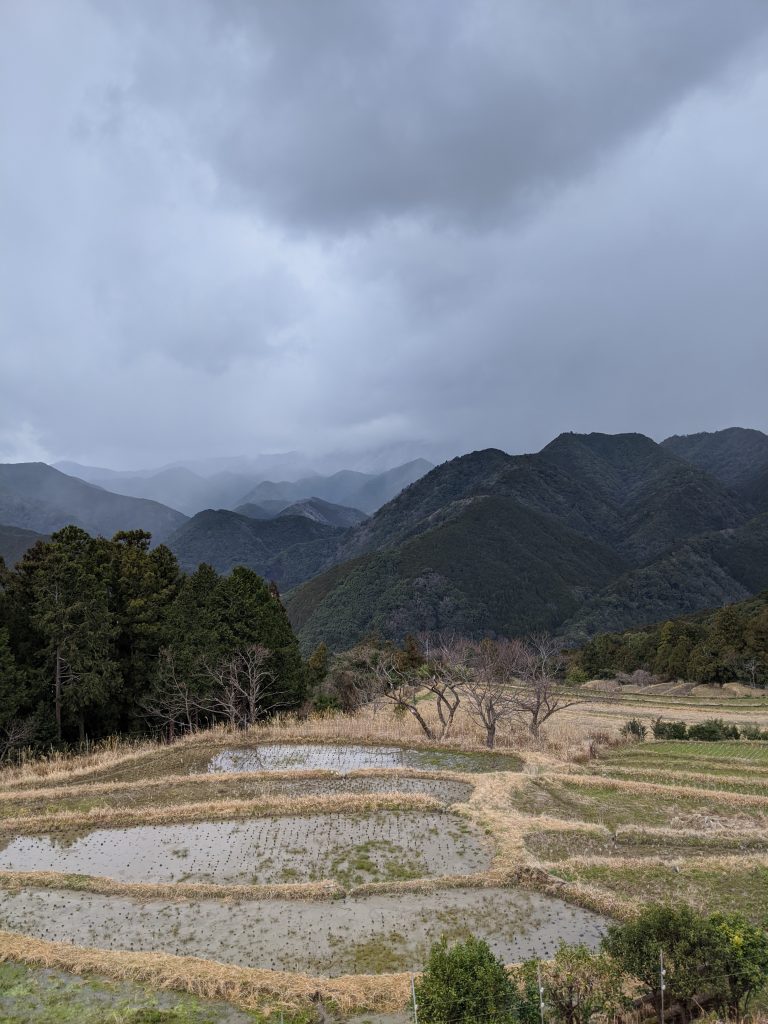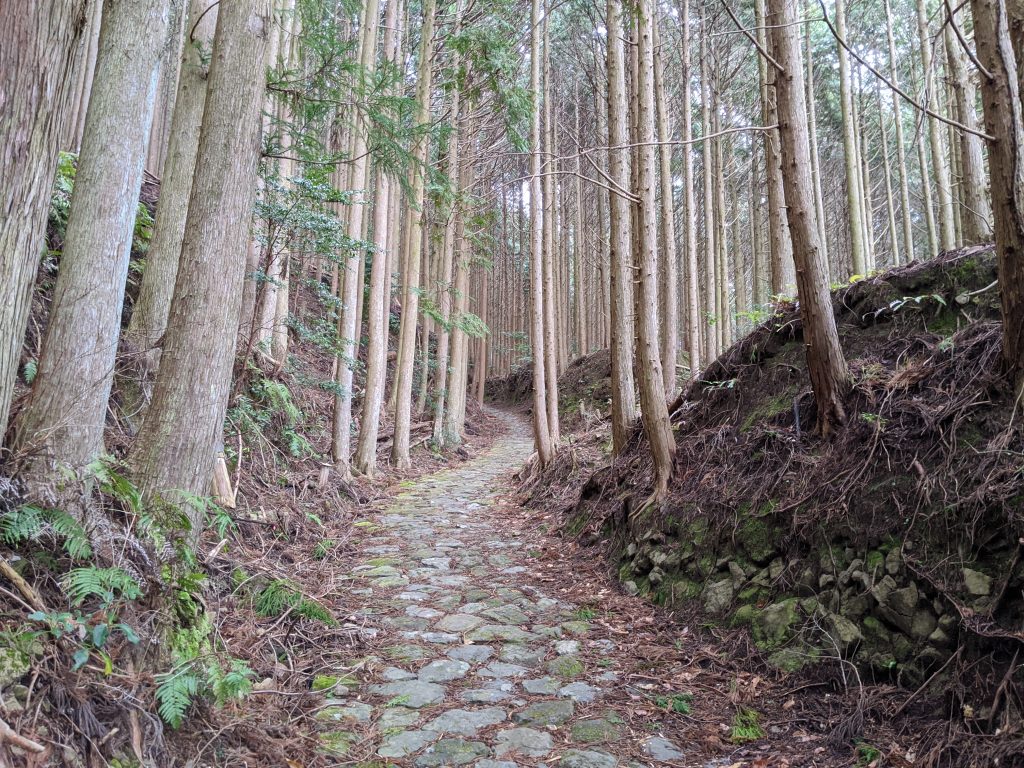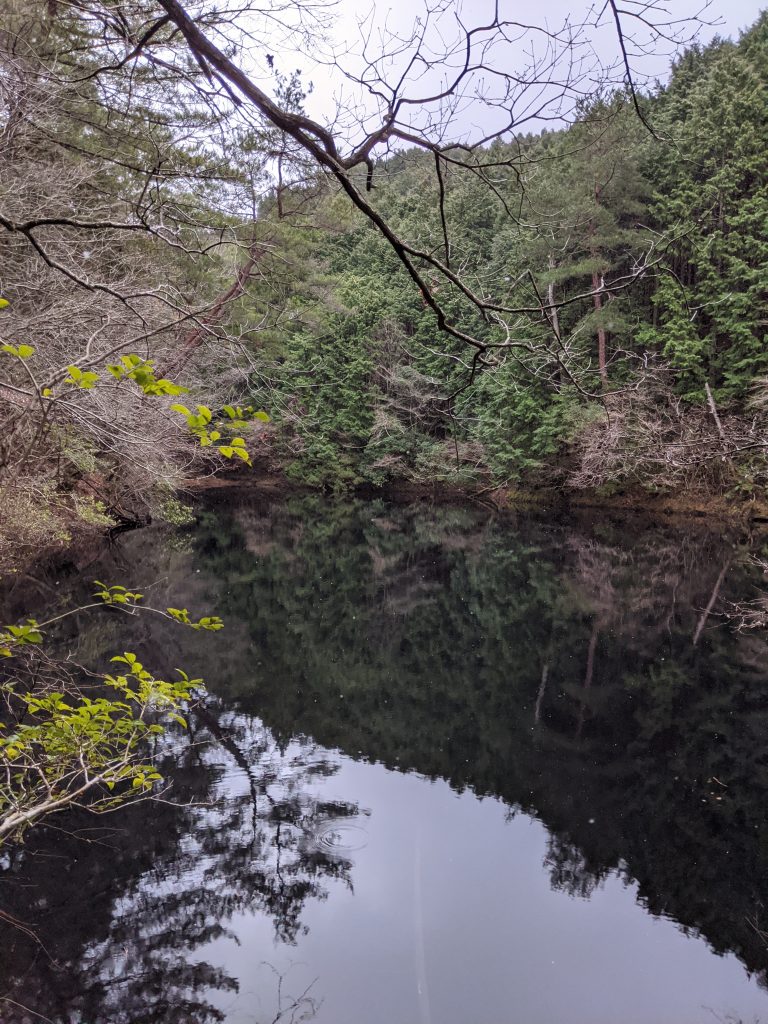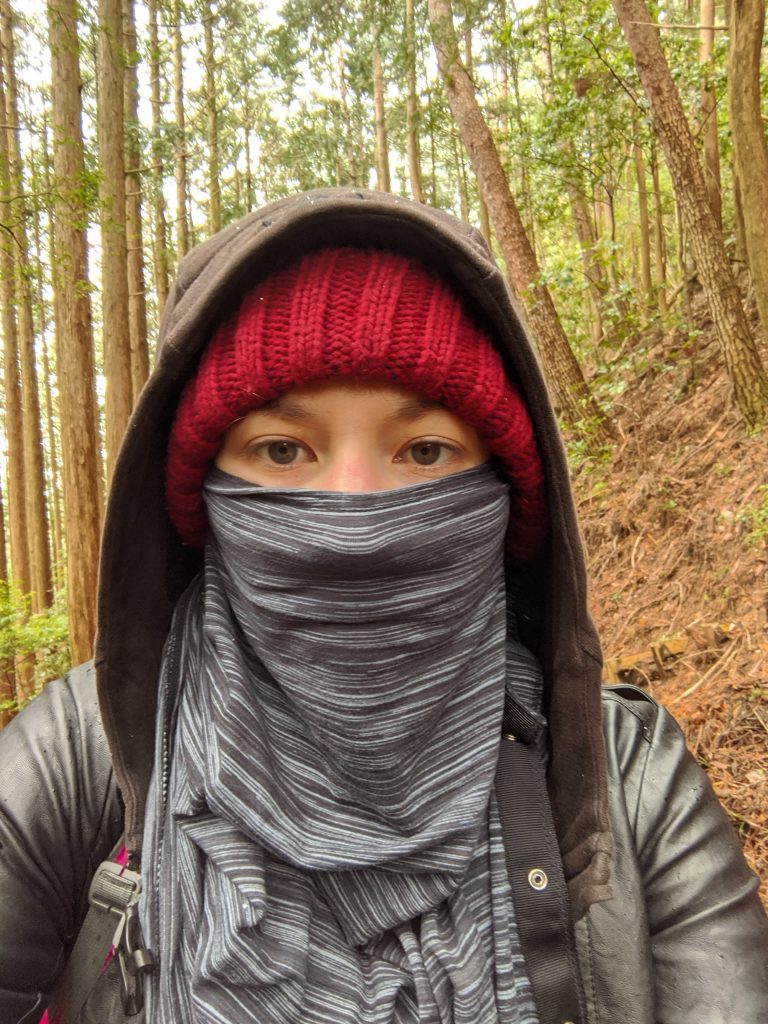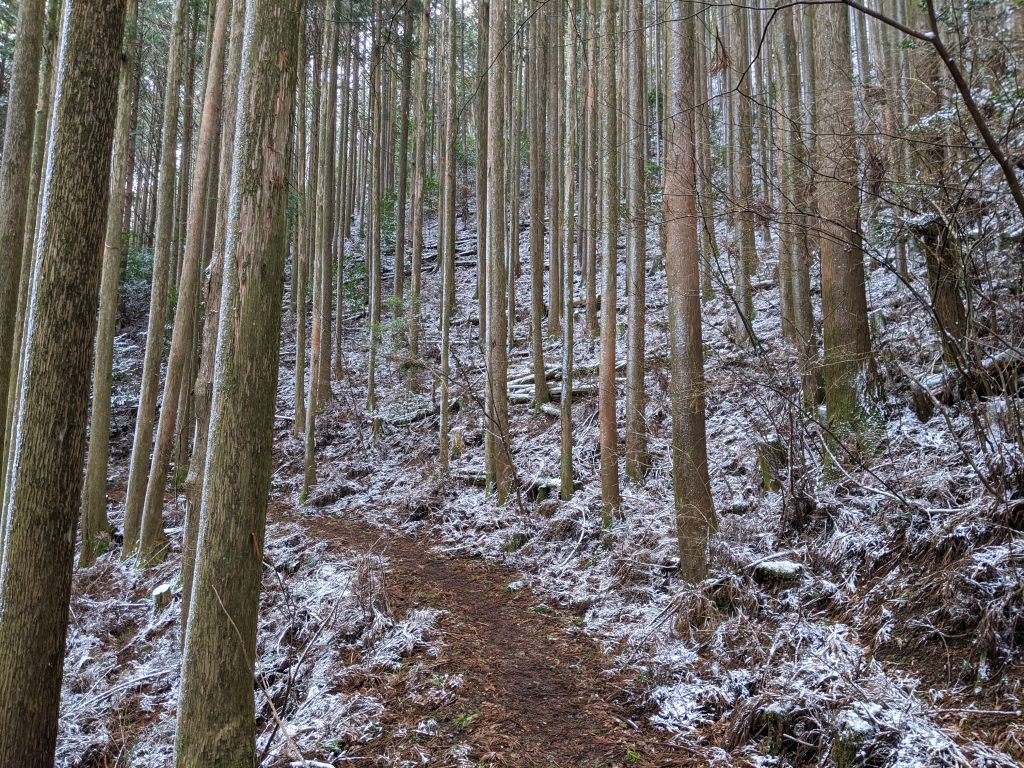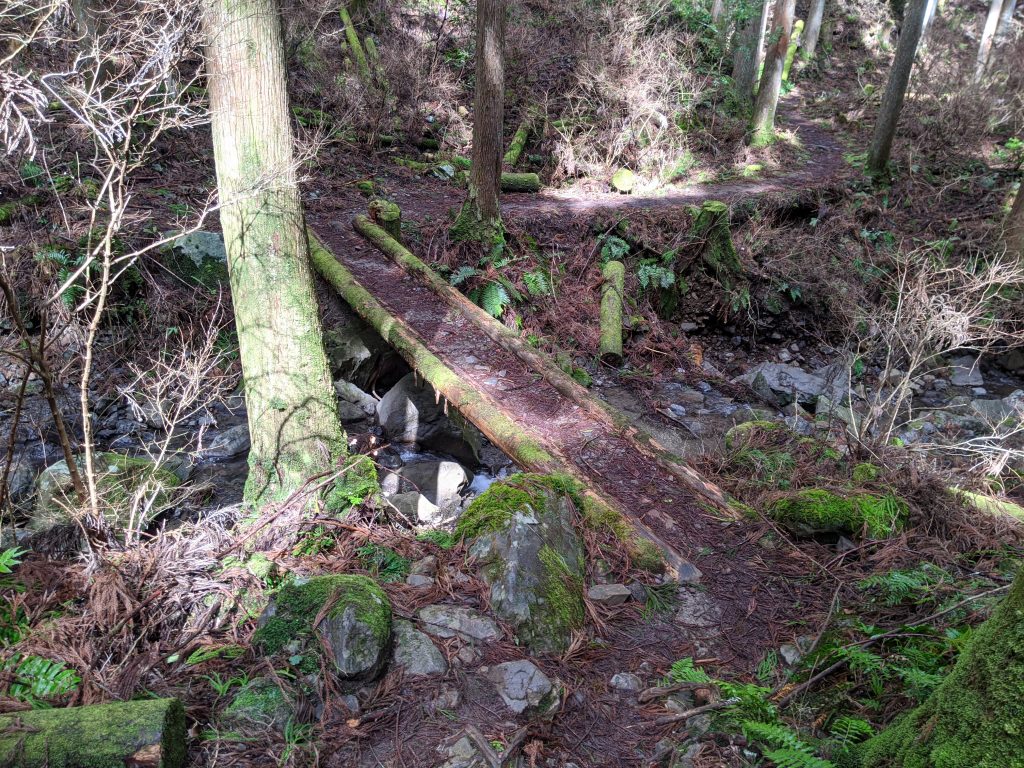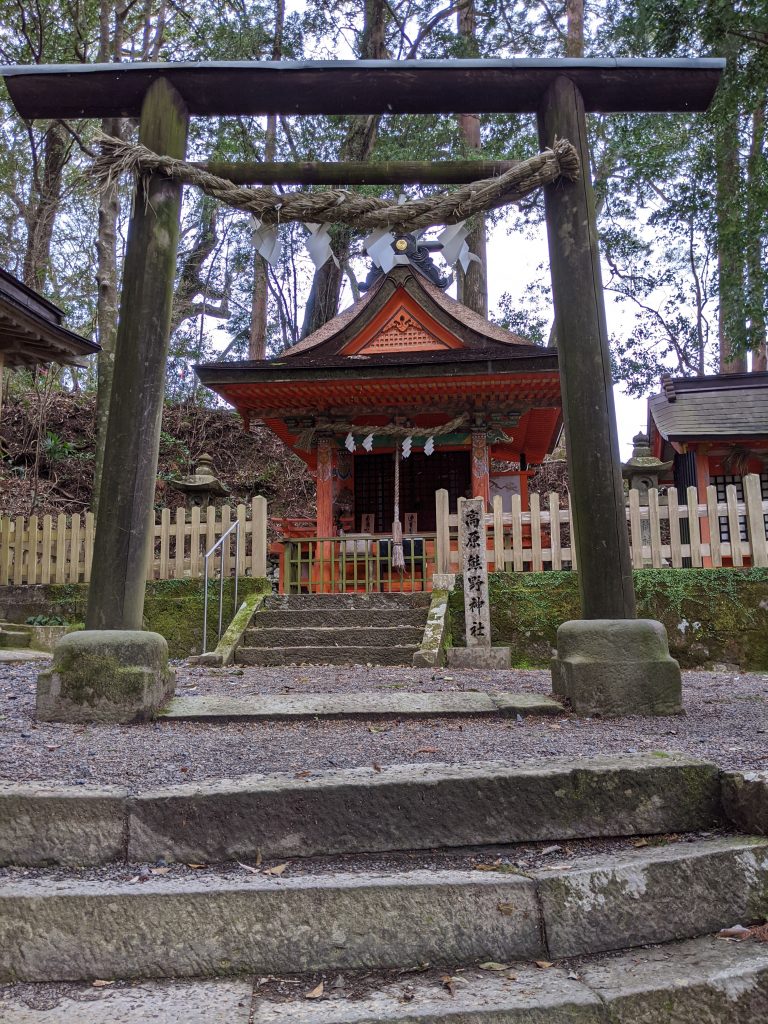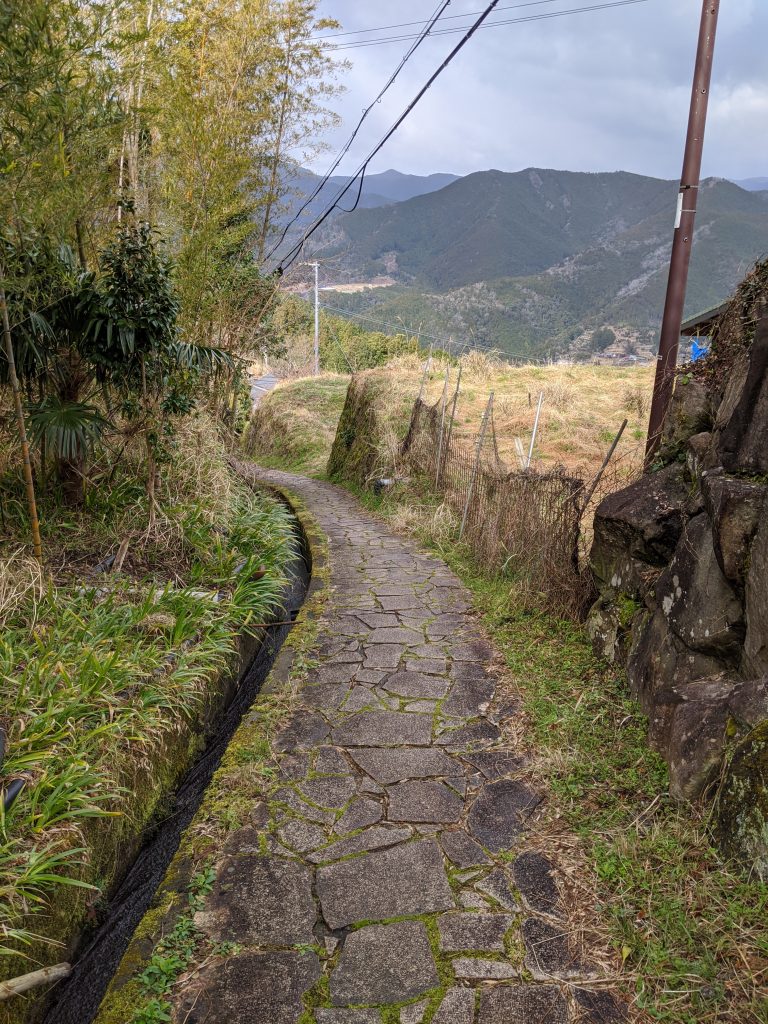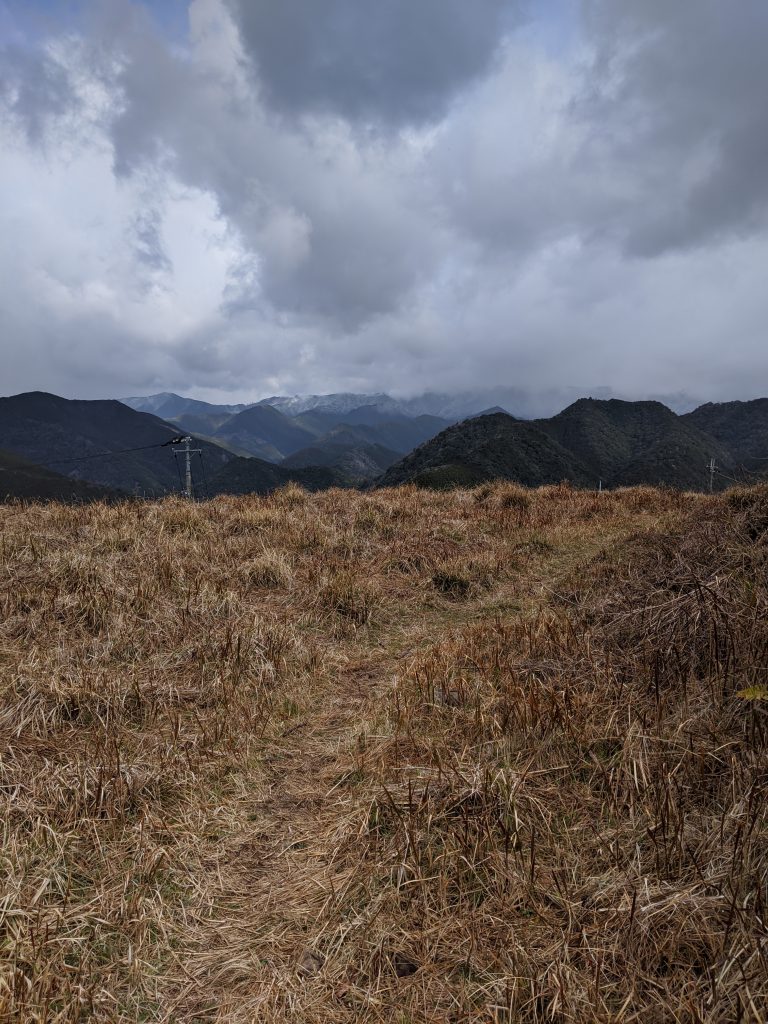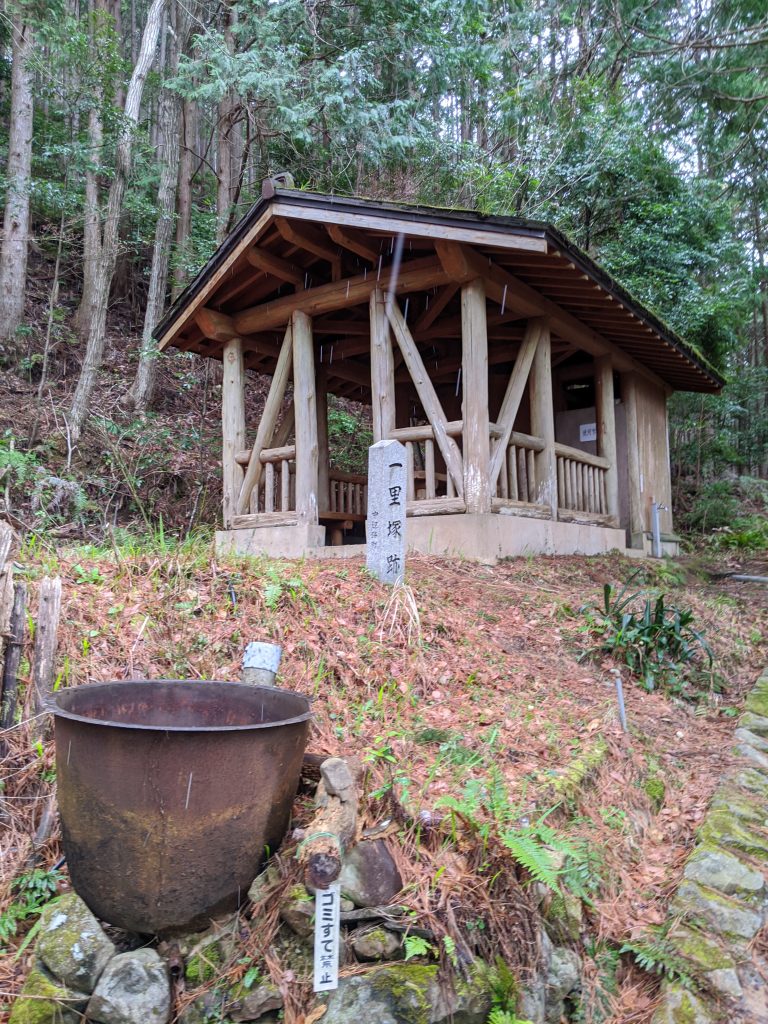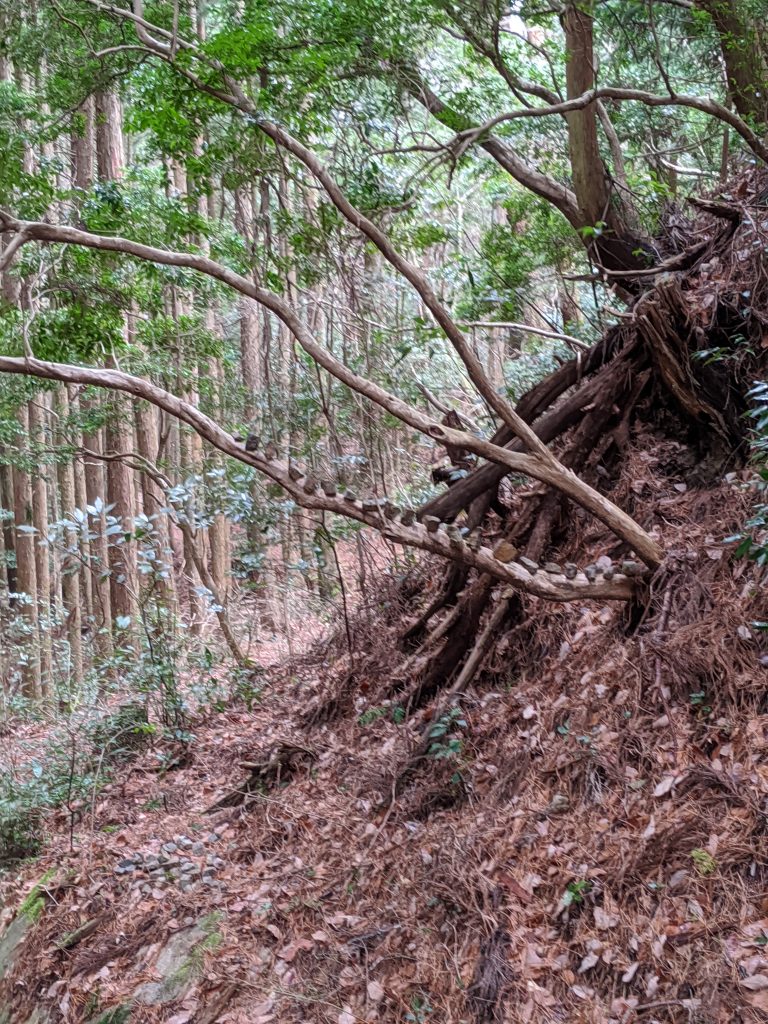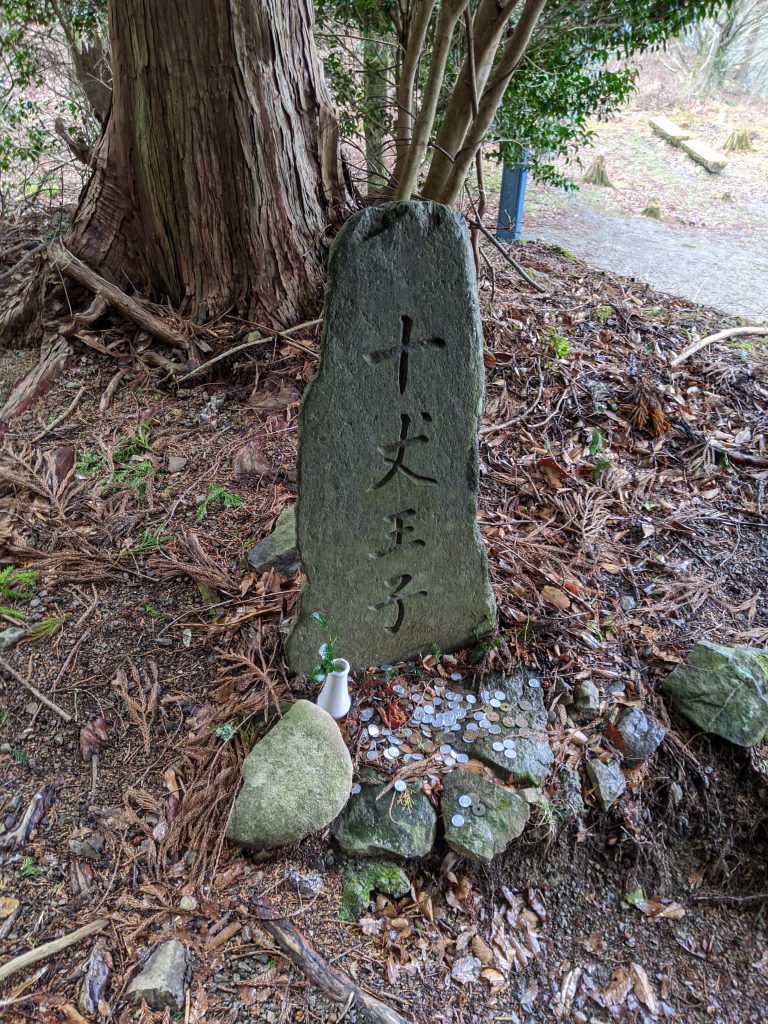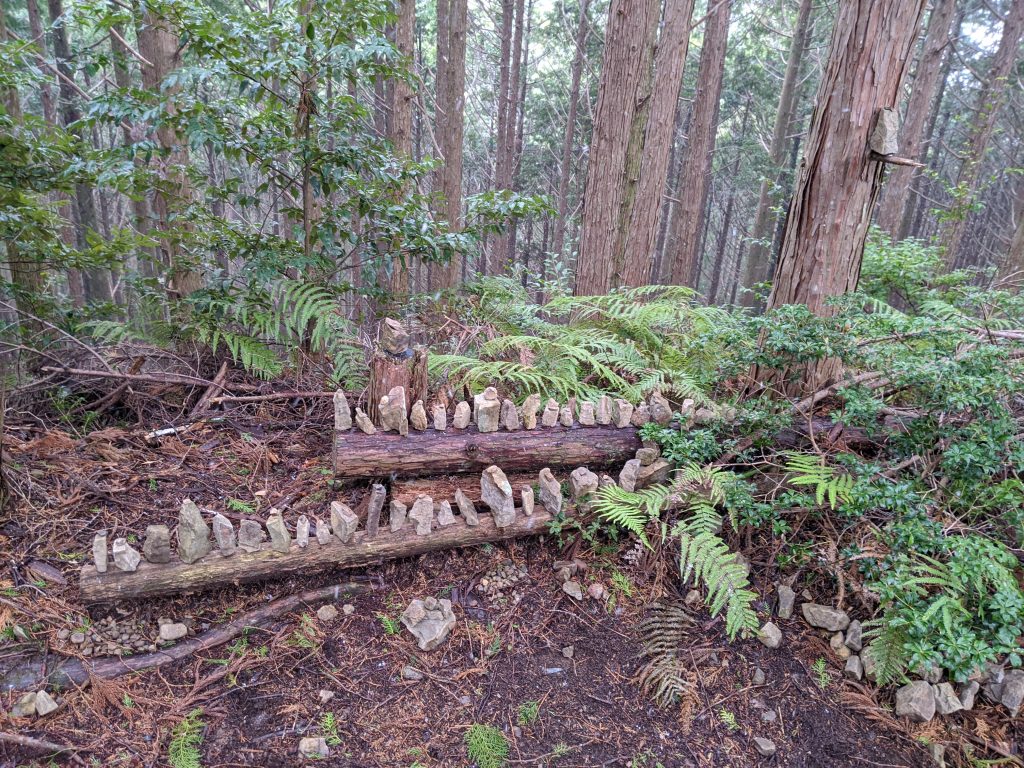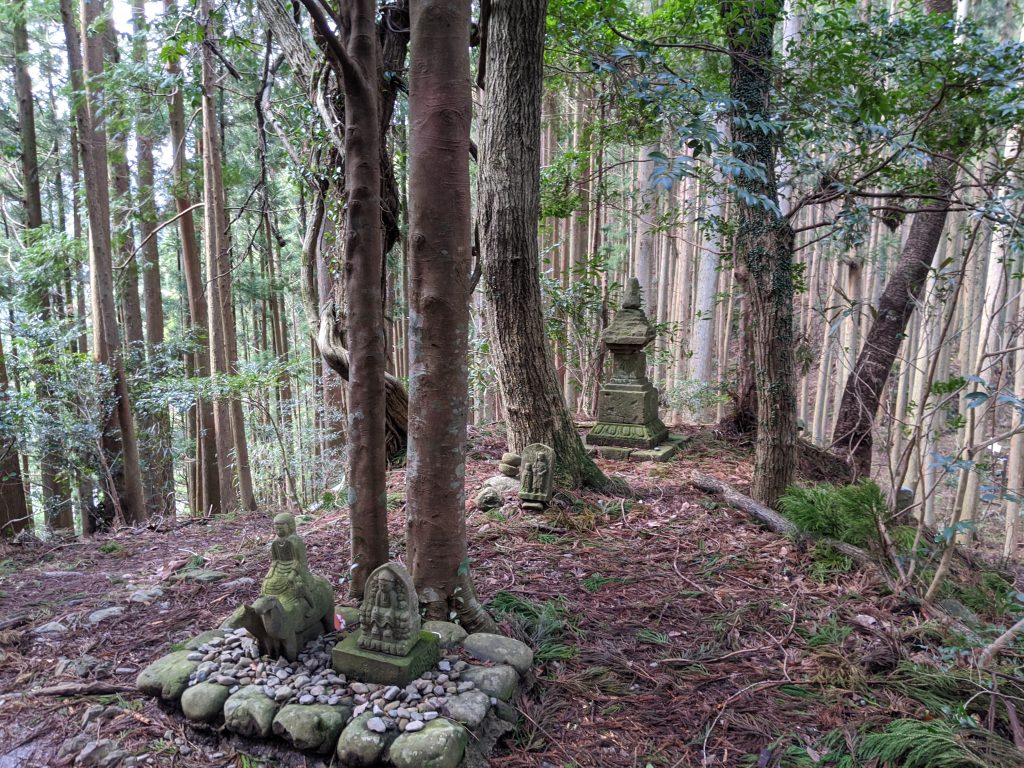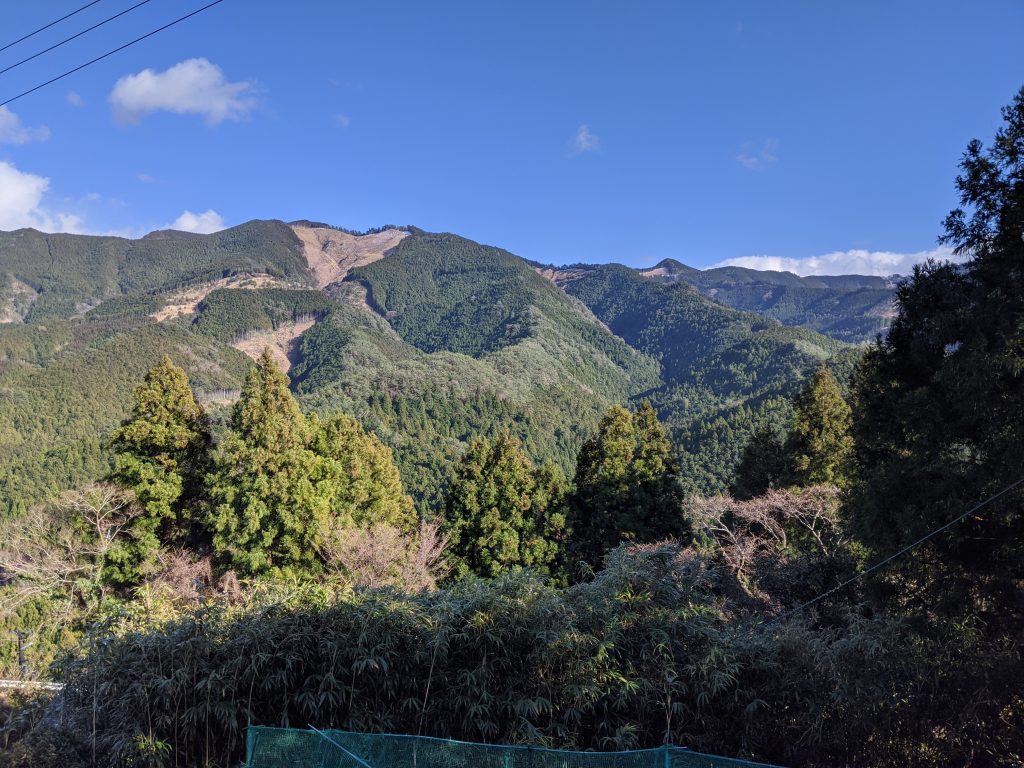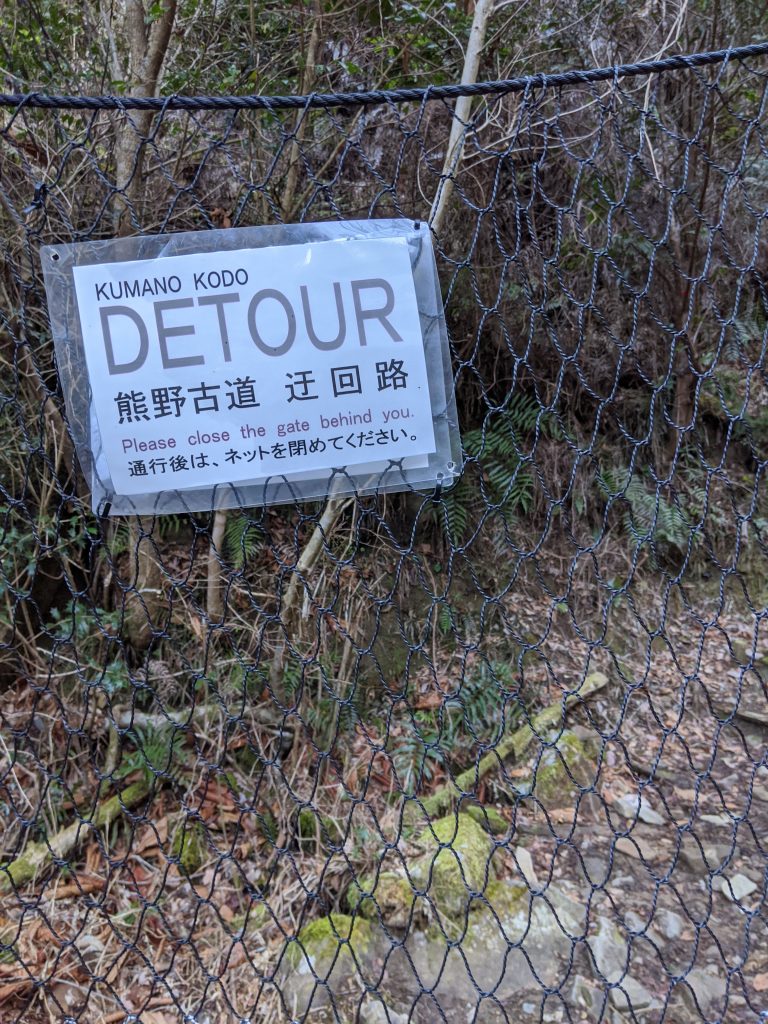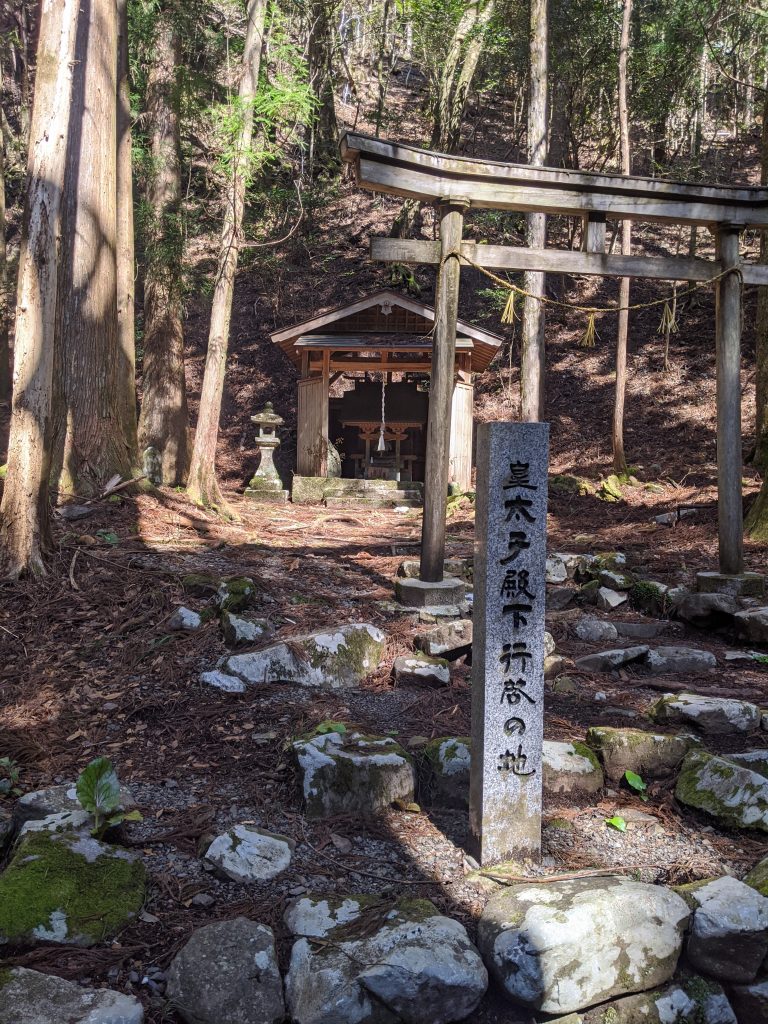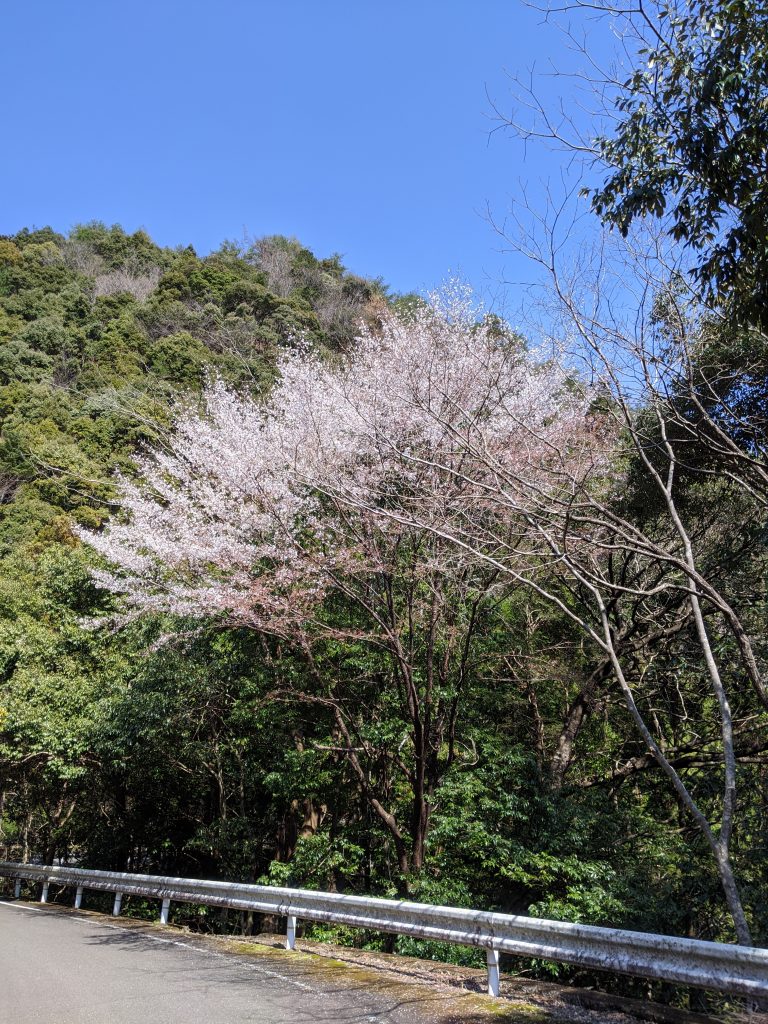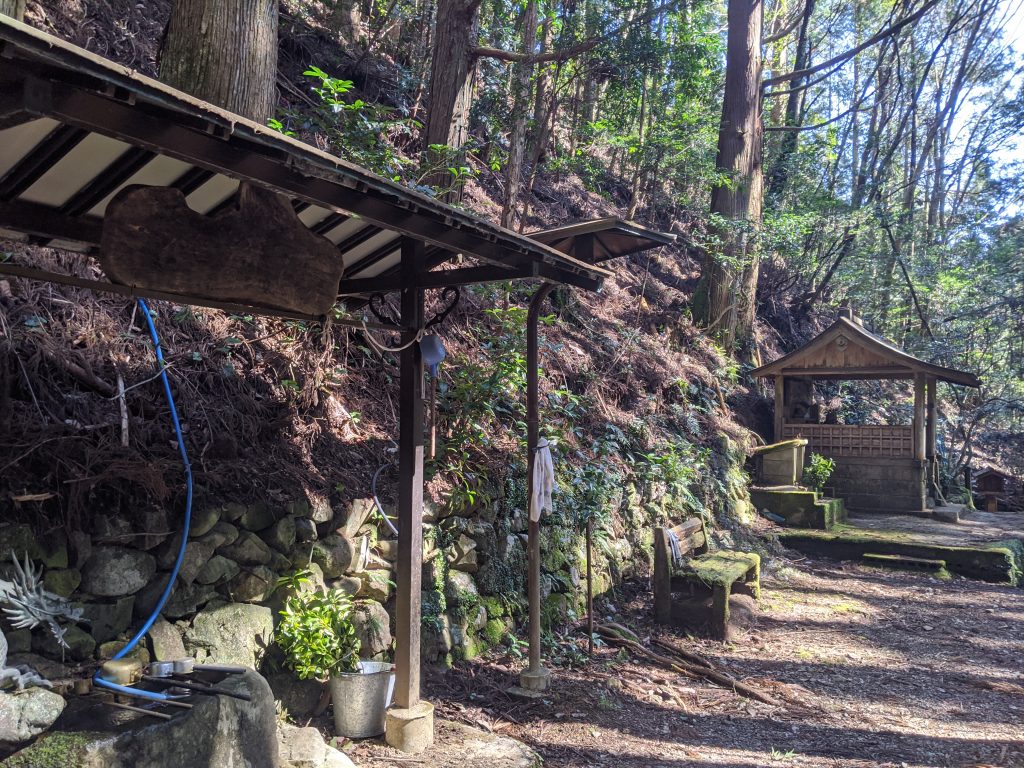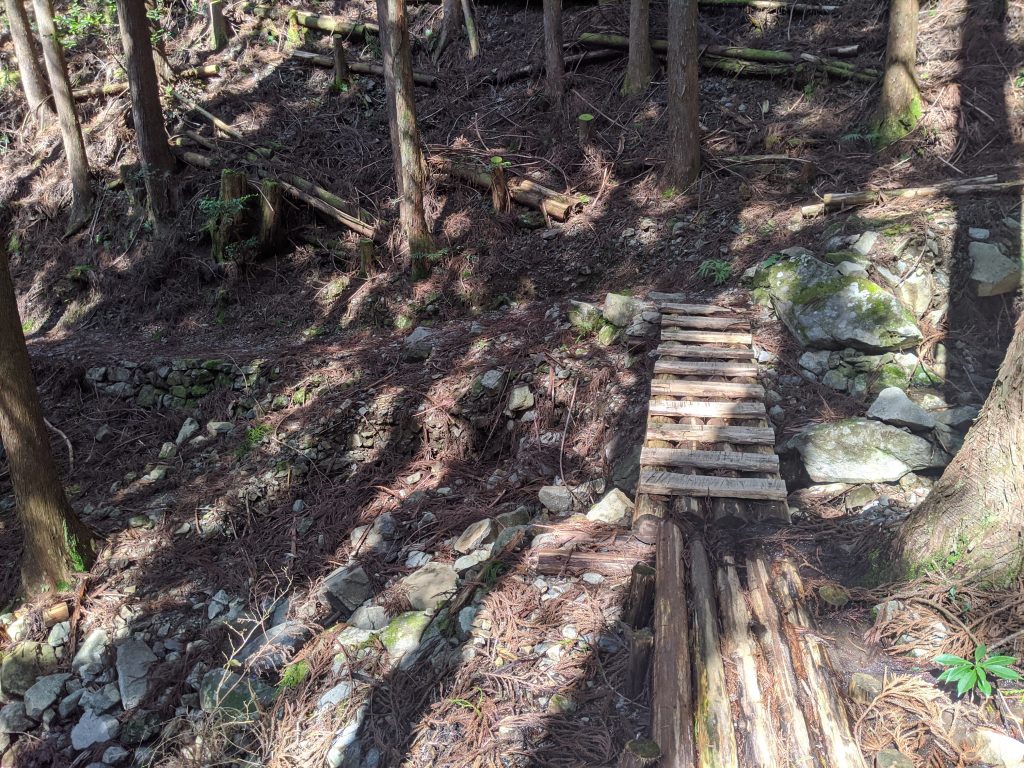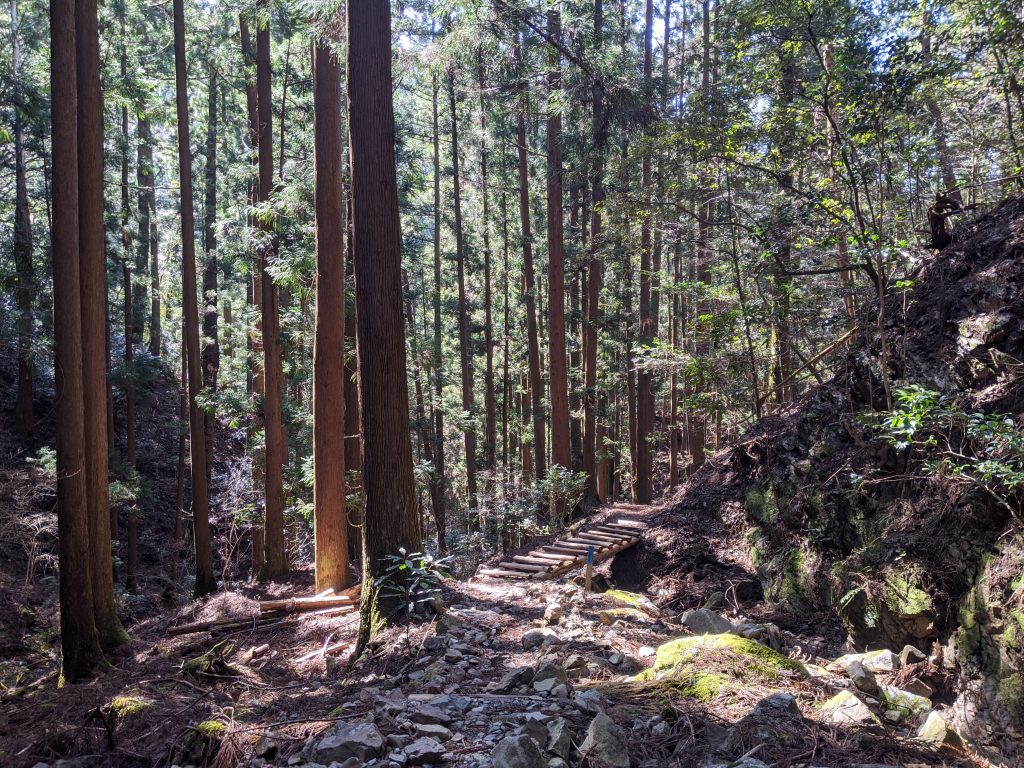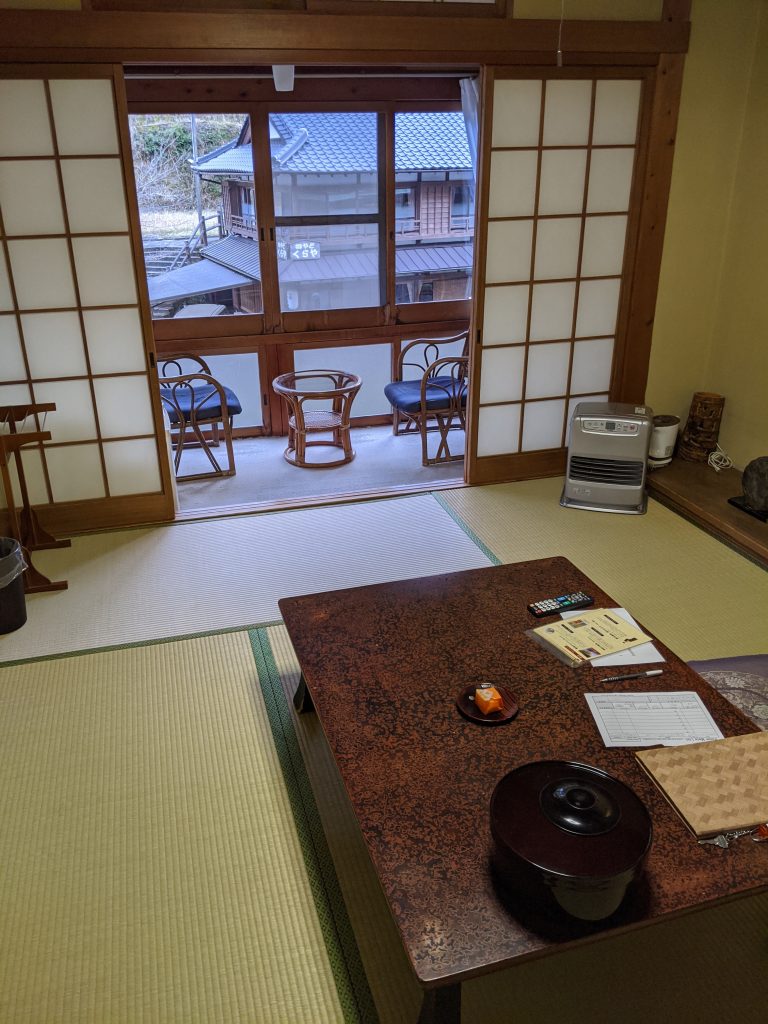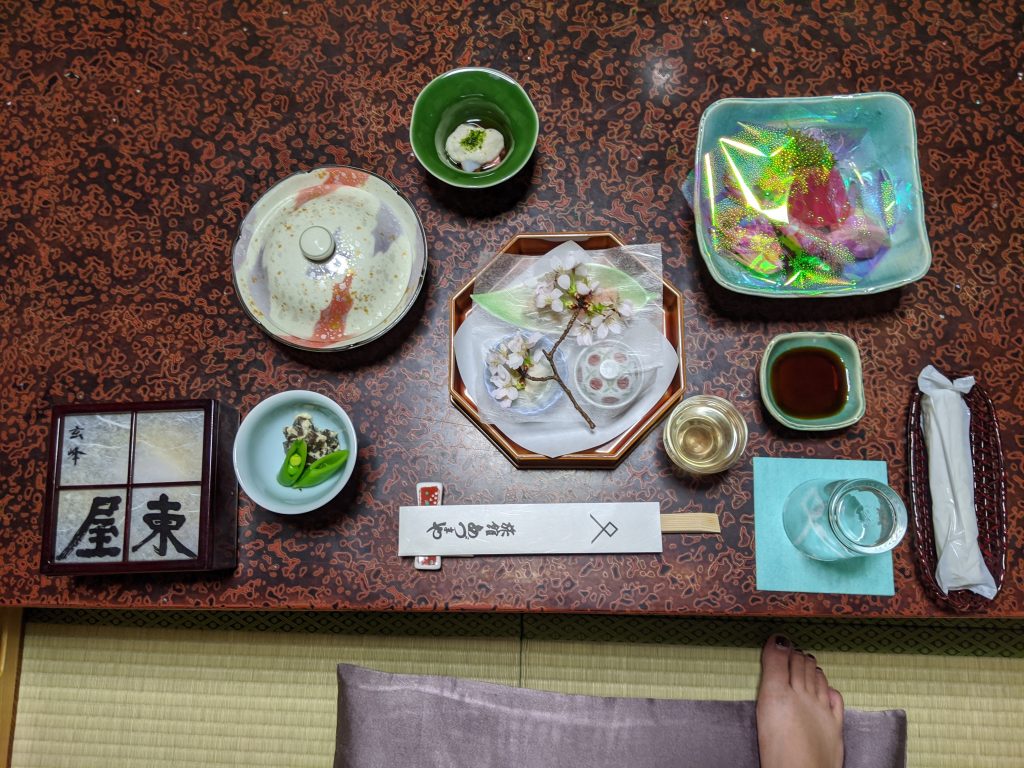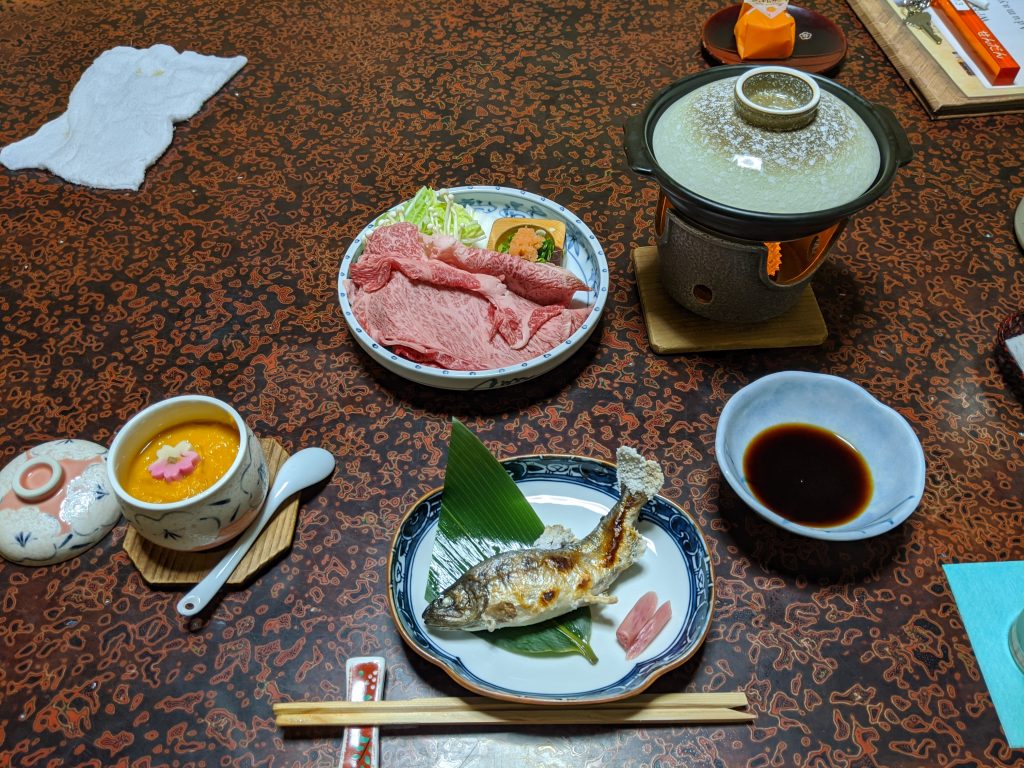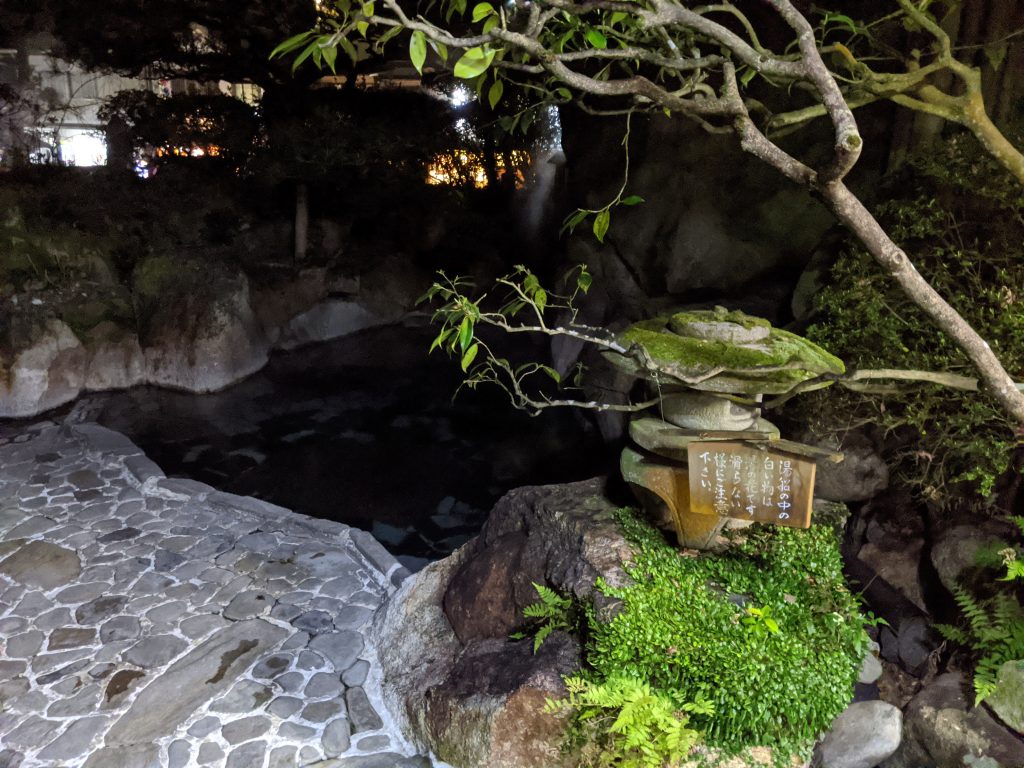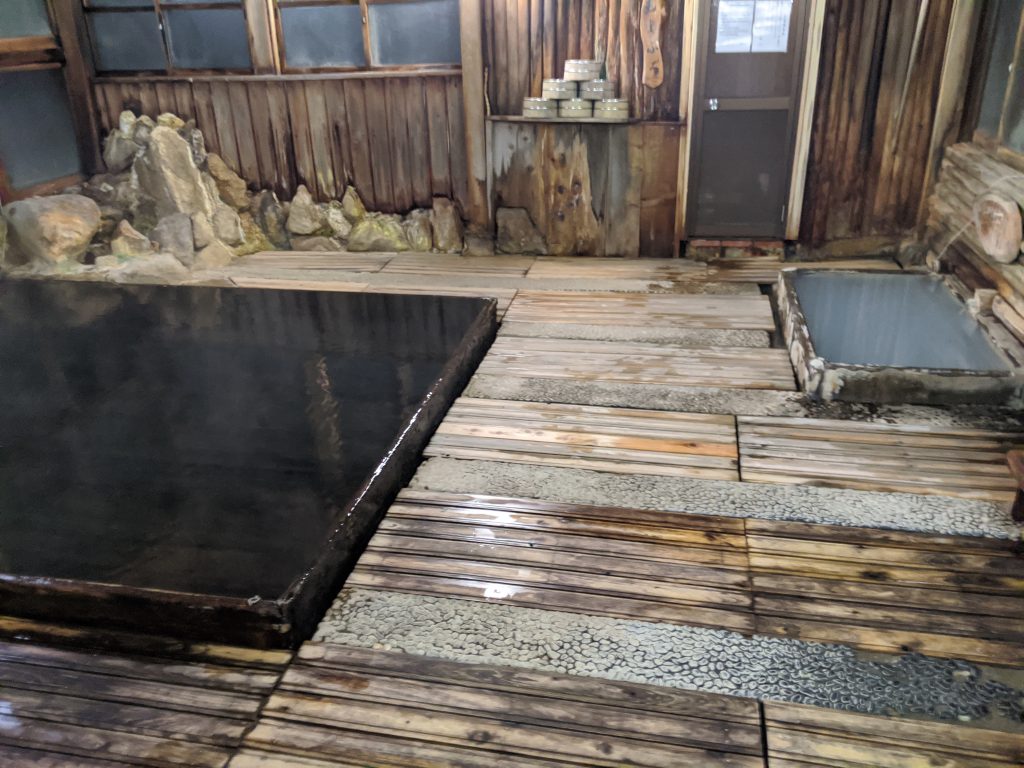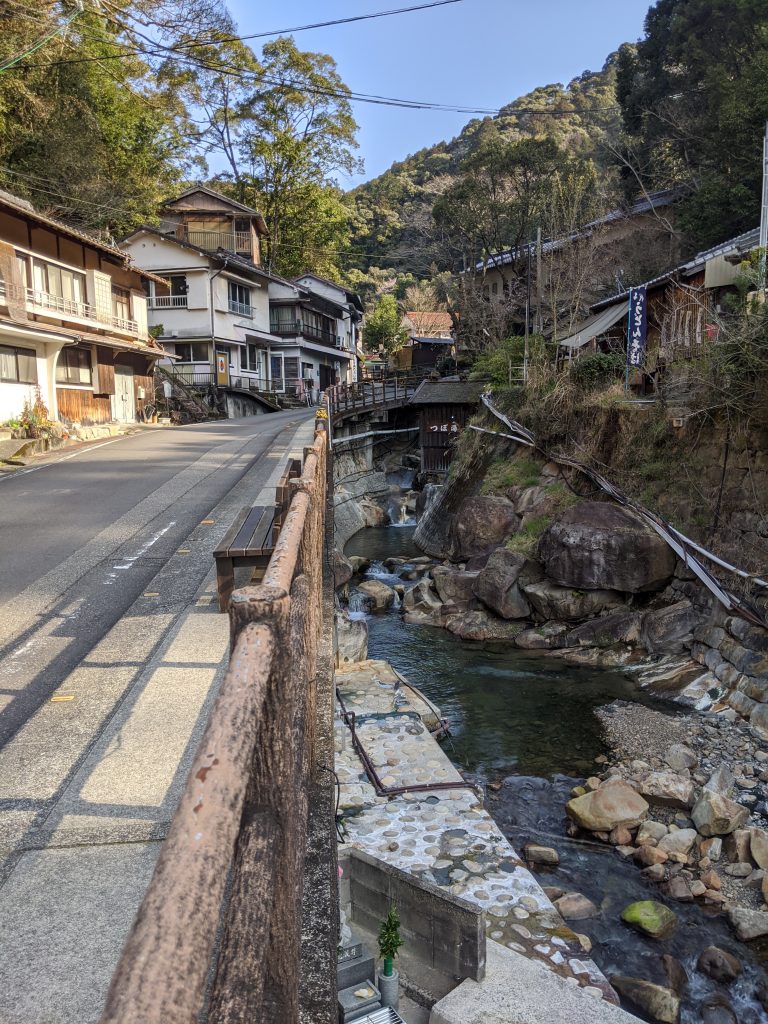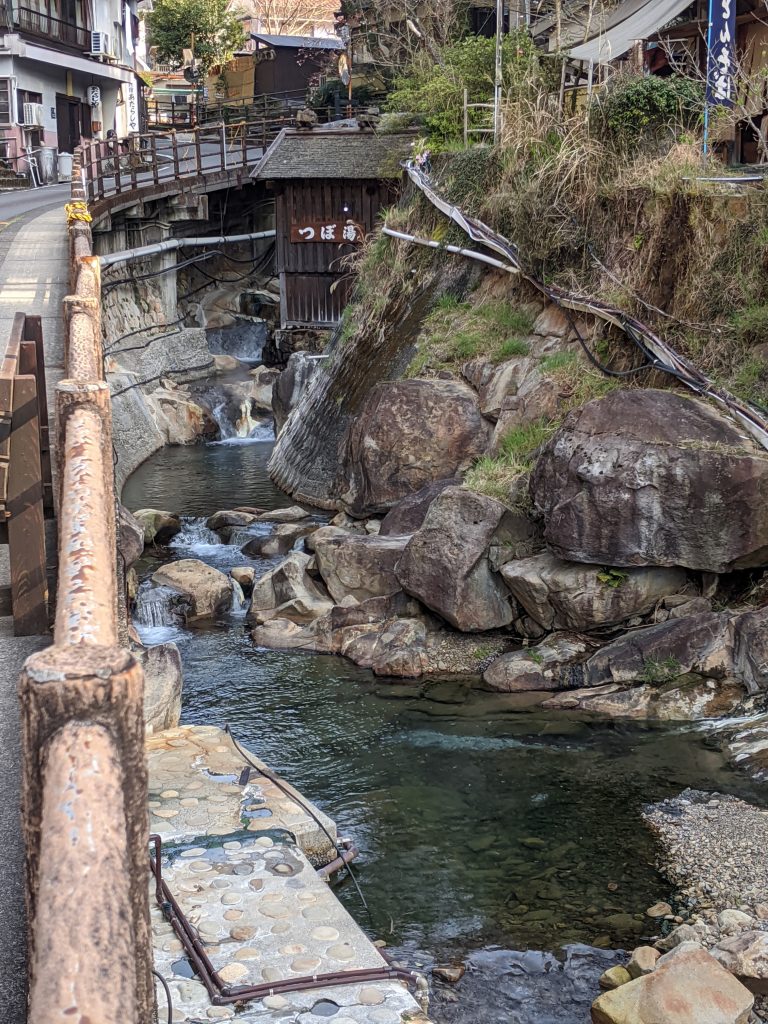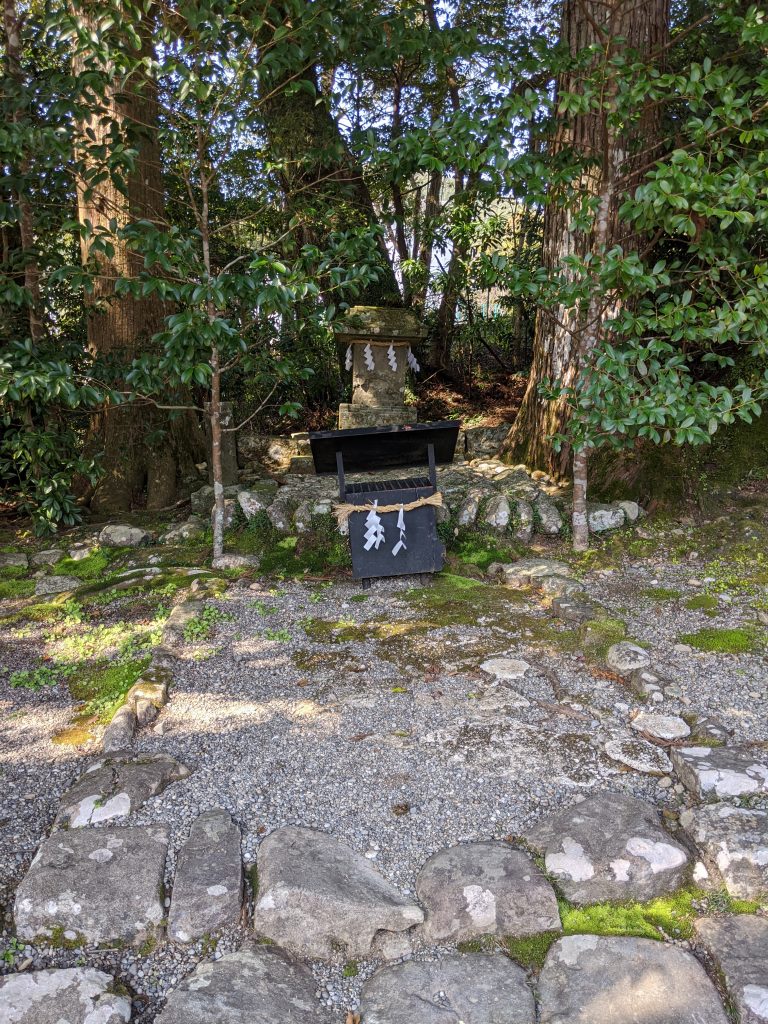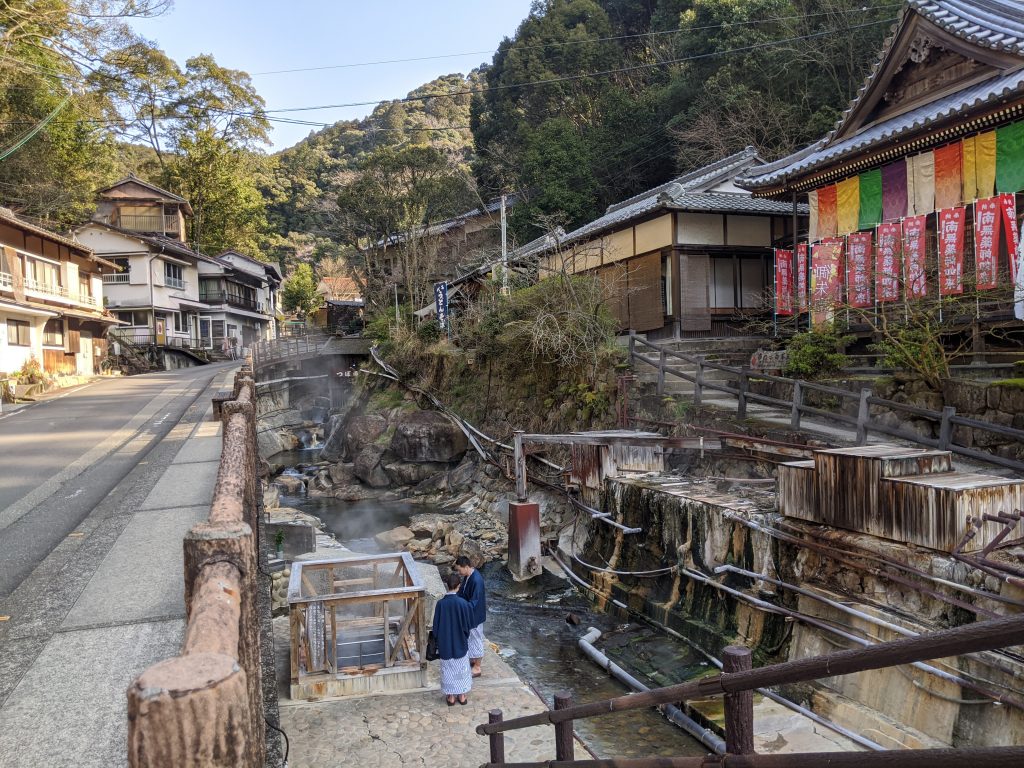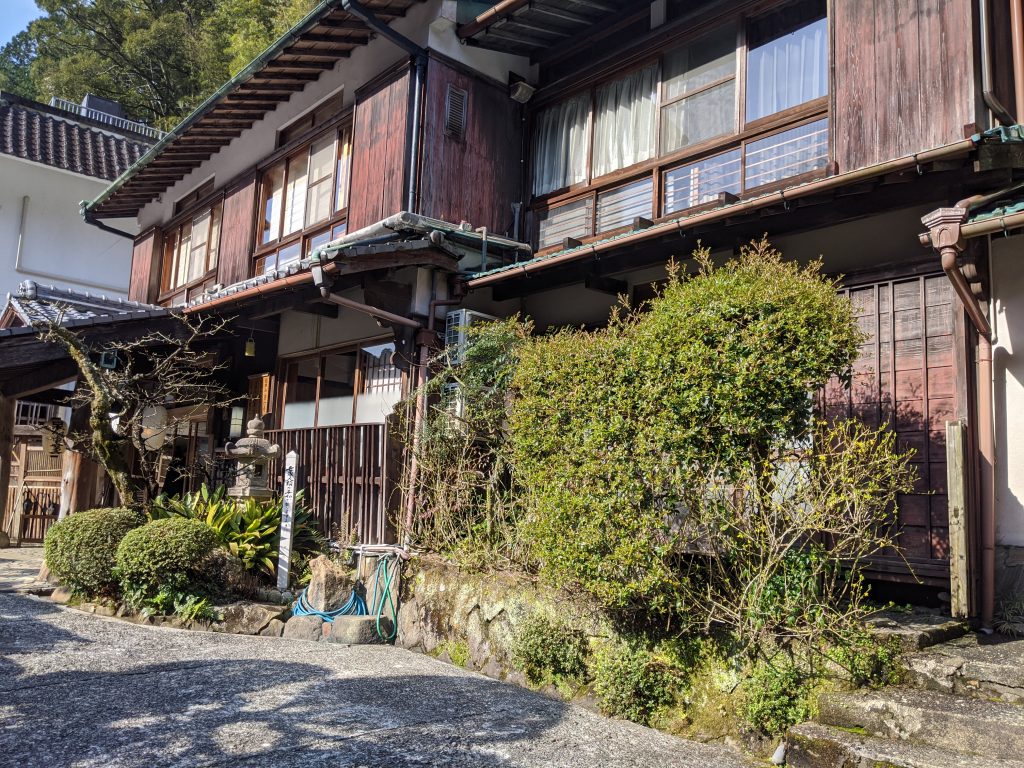When most people think of Japan, they think of the packed streets of Tokyo, the vast temples of Kyoto, the amazing food in Osaka. My previous visits to Japan were filled with visiting these sites, but as I took the Shinkansen around the country, I noticed the beautiful, untouched countryside. I made it my goal on this trip to see the off-the-beaten-track side of Japan and hike the Ancient Kumano Kodo Trail.
The Kumano Kodo is a network of trails that weaves throughout the mountains of the Kii Peninsula. The trail is almost one thousand years old and was previously by Emperors and Samurai as a sacred pilgrimage trail. It is one of 2 pilgrimage routes recognized by UNESCO, the other being the Santiago de Compostela in Spain. It is one of Japan’s oldest and most remote trails, with ancient Buddhist temples, shrines, and plaques featuring stories and lore of the area’s history along the way.
It would take months to hike through the entire network, but the trails are broken into sections to make them easier to navigate. I chose to hike the Nakahechi trek, beginning at Takijiri-Oji and ending at Kumano Hongu Taisha. The trail is significantly different than my New Zealand hike. Even though the trail winds through small rural towns throughout the region, I probably only ran into 10 people on the trail during my 4-day hike. Instead of staying in huts or camping, lodging is provided in the style of traditional Japanese homes or Ryokans (inns with communal bathhouses). Meals are often included with your lodging, providing a substantial dinner, breakfast, and a bento box for lunch along the way. There’s an option to have your luggage delivered to your lodging each day, but since there’s no need to be cooking supplies, utensils, meals, etc, my pack was light.
Day One
To get to the trail, I took a train from Osaka to Kii-Tanabe where I dropped off my luggage and (thankfully) caught the last bus just in time to get to the beginning of the trail. Takijiri-Oji is a beautiful Shinto shrine tucked away by the Tonda River at the entrance to the trail. A few people paid their respects at the shrine, and they were the only people I’d see on the trail that day. Cherry blossoms weren’t yet in bloom, especially in the mountains, but I did spot a few plum blossoms along the way.
The walk was only about 4km (2.5mi), but it still took me 3 hours, as the path wound vertically up into the mountains. It was a short but difficult climb. The trail is mostly dirt paths, stone steps, and wooden bridges. There were parts of the trail where the path was washed away or grown over, but overall it was pretty easy to see where I needed to go. Markers along the way written in Japanese and English give the cultural history of the many shrines and temples along the way.
The trail, and even my lodging, made me feel like I was in my very own Miyazaki movie. The path was gorgeous and the lodgings are exactly what comes to mind when I think of Japanese homes – tatami mats and floor futons, ornamented paper walls and family-style bathhouses. I spent the night in an old farmhouse 15 minutes outside of Takahara. The town felt like a small slice of traditional Japan.
Day Two
It was very chilly outside at the start of my first full day, and I realized that when I packed, I brought my leather jacket by mistake instead of my heavy jacket. As the trail wound up and around the mountain, one side was clear and sunny, the other snowy and windy. The snow was beautiful so I can’t complain too much, and as long as I kept moving I was warm enough.
Shortly after the snow had passed, I found a small cafe in Chikatsuyu with a few other backpackers and stopped in to eat my lunch and warm-up. The whole walk was 13km (about 8 miles) and took me 7 hours, passing many small, stone shrines and stacked rocks along the way before making reaching my guesthouse in Nonaka for the night.
Day Three
My third day was (supposed to be) my longest, the whole walk about 18km (11 miles) taking 8-9 hours. I ran into some issues along the trail, missing the detour point and ended up having to find a bus into town in the late afternoon.
The weather was much warmer and sunny for most of the day. Along the path, there were several areas I had passed that were closed or rerouted due to damage to the trail from a recent typhoon.
There was a large area of the trail under construction. At one point on the trail, the road forked. One side of the fork was under construction and closed off. This was the road I would have taken had it not been closed, but I didn’t realize it at the time. I walked for about two miles, uphill, before noticing the river was on the wrong side of me according to the map. The markers along this side were all in Japanese, so I hadn’t noticed I’d left the Kumano Kodo trail for a different path. I had to backtrack 2 miles downhill, and then go back to the fork and get my bearings. I found a teeny, tiny sign that pointed up to the road. I followed the road around for about an hour before I was back on the trail.
At this point, it was around 3 pm, and I was exhausted. Because of my blunder, I was only halfway to my destination. I hopped on a bus, which was a bit of a bummer to skip that part of the hike, but it gave me more time to visit the town of Hongu, most notable for the Kumano Hongu Taisha, a sacred mountain shrine, and the enormous Oyunohara, a Shinto complex featuring Japan’s largest torii gate representing the division of the spiritual and secular worlds.
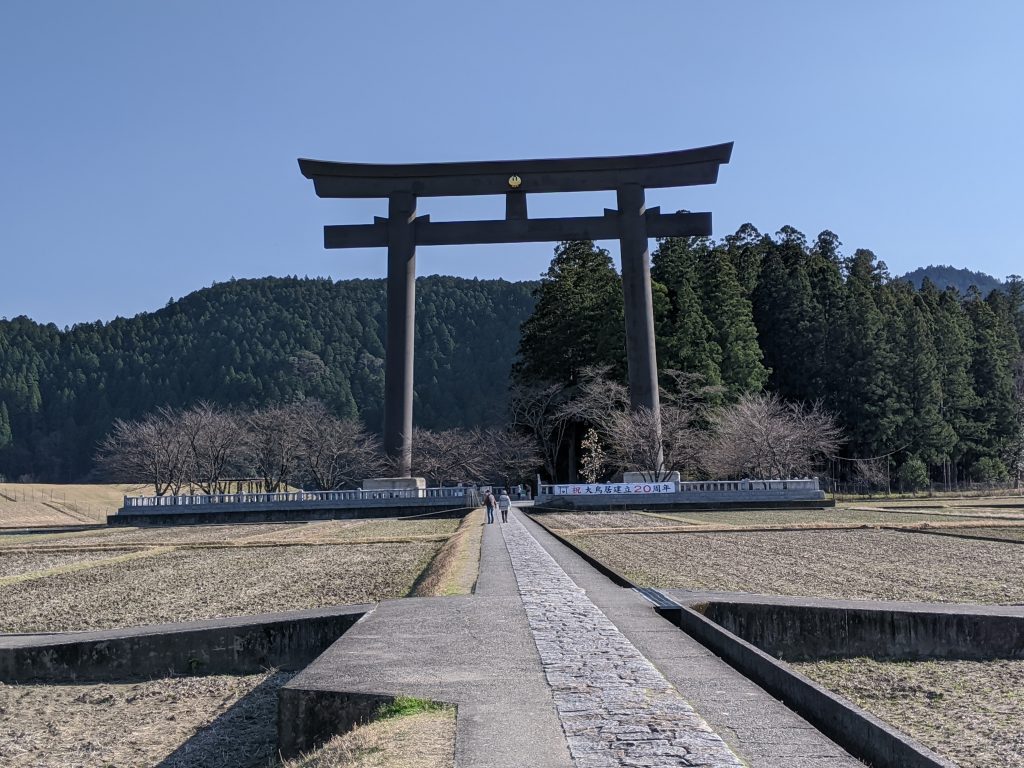
Oyunohara 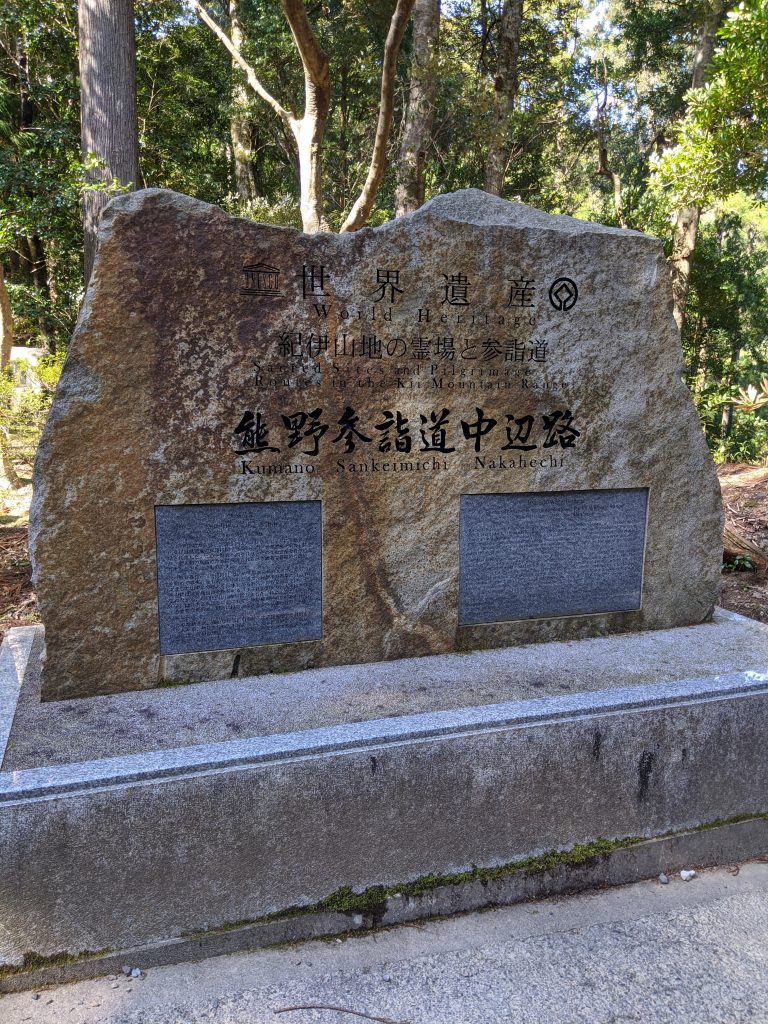
Nakeheshi Route 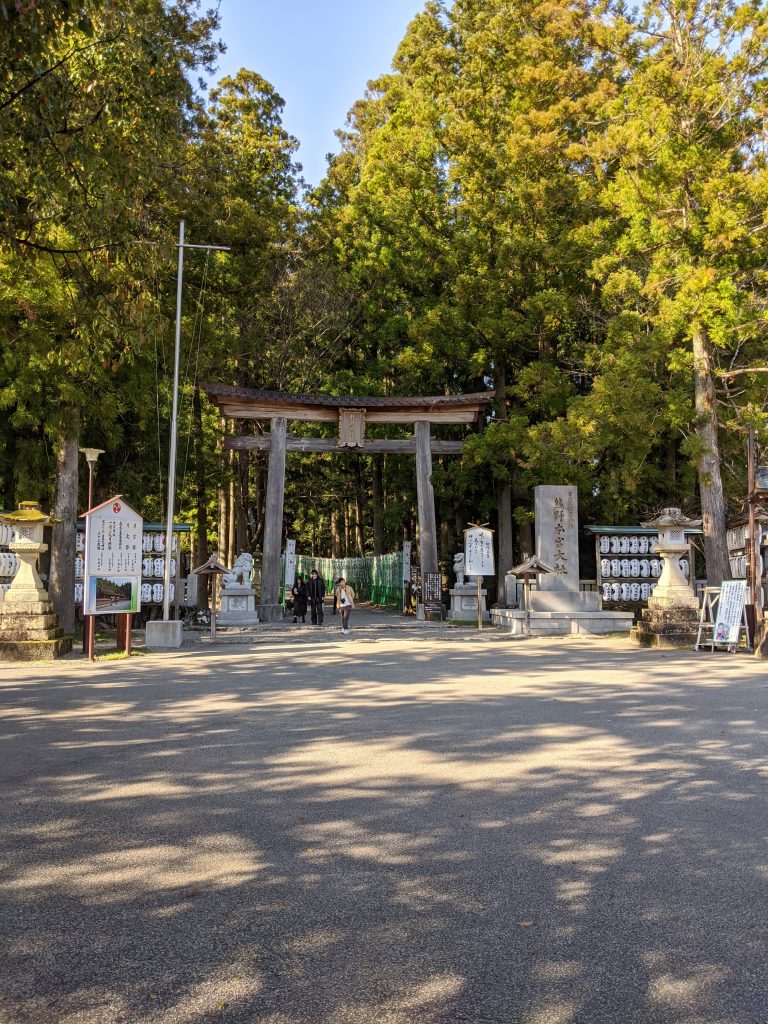
Kumano Hongu Taisha 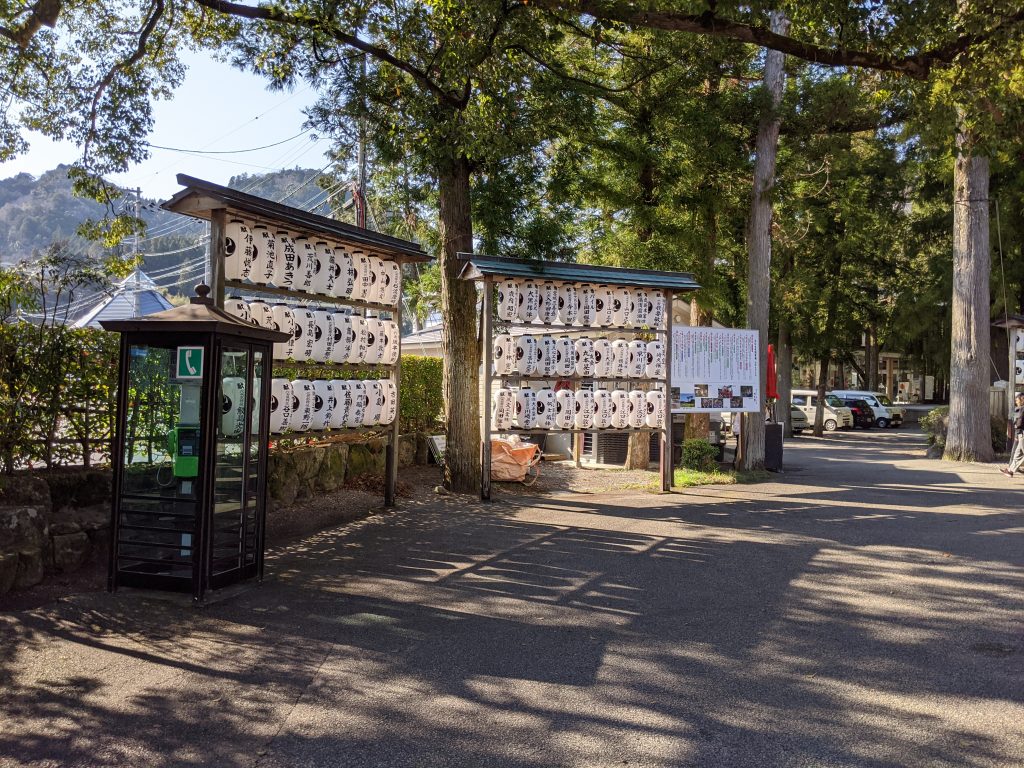
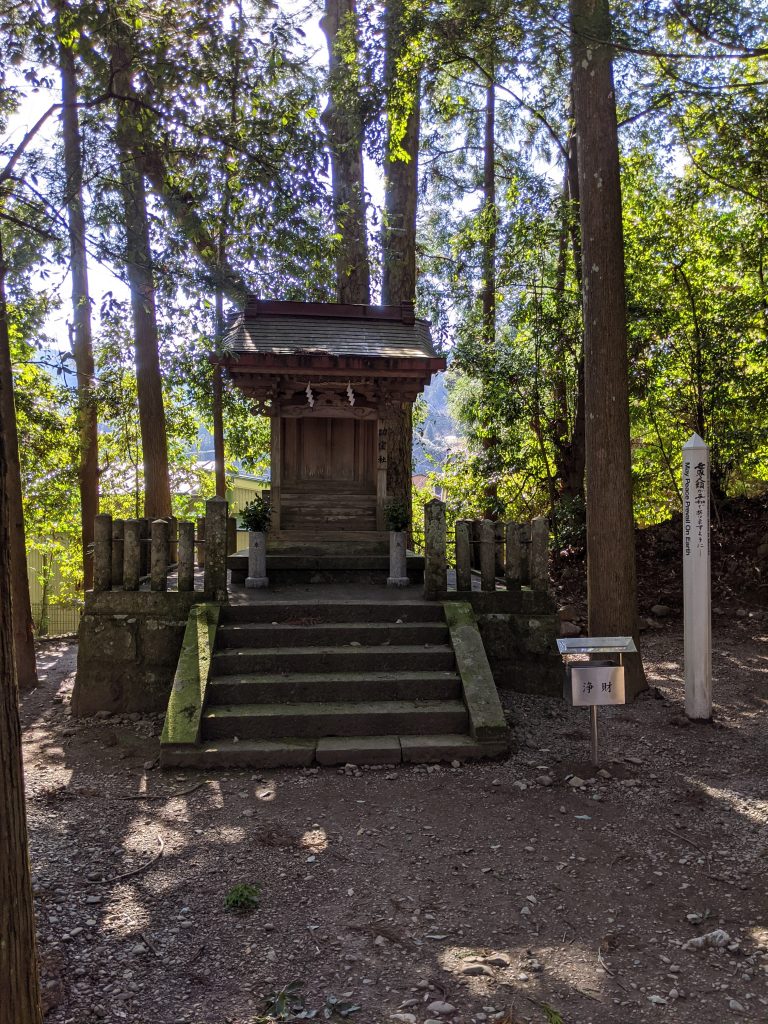
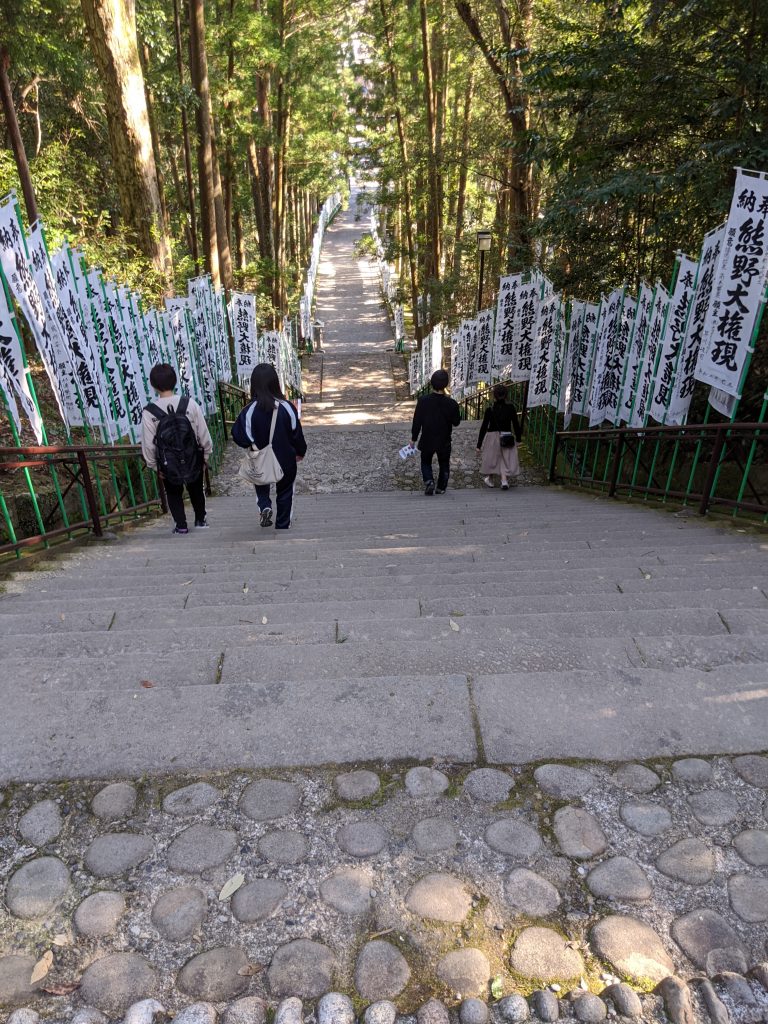
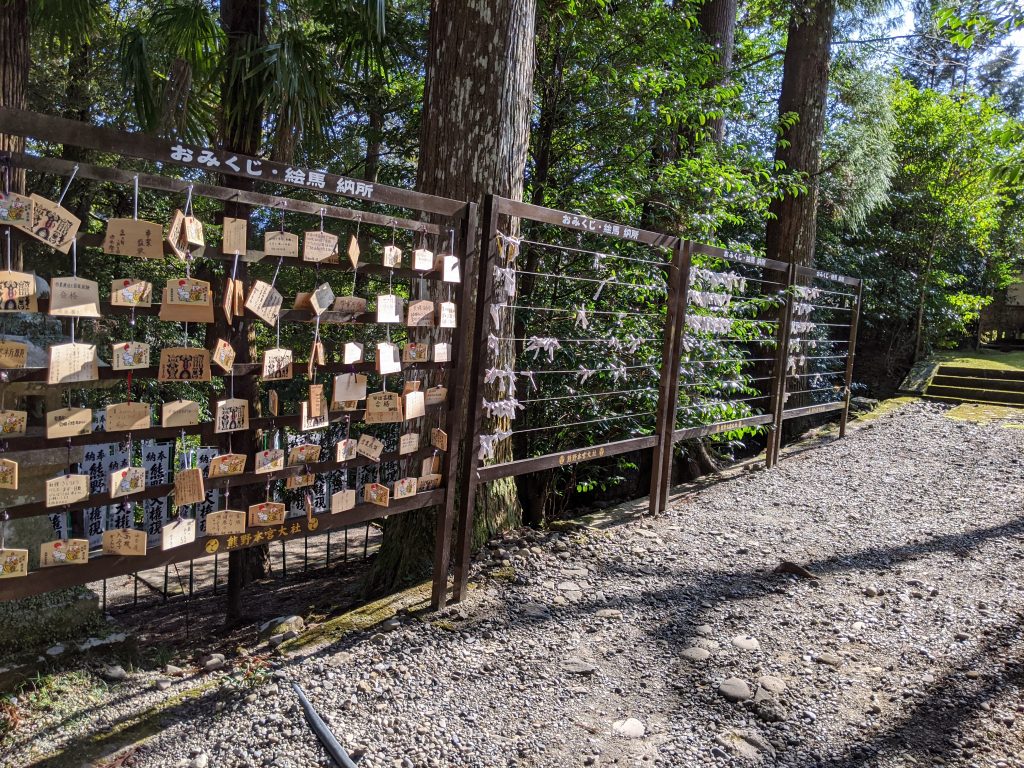
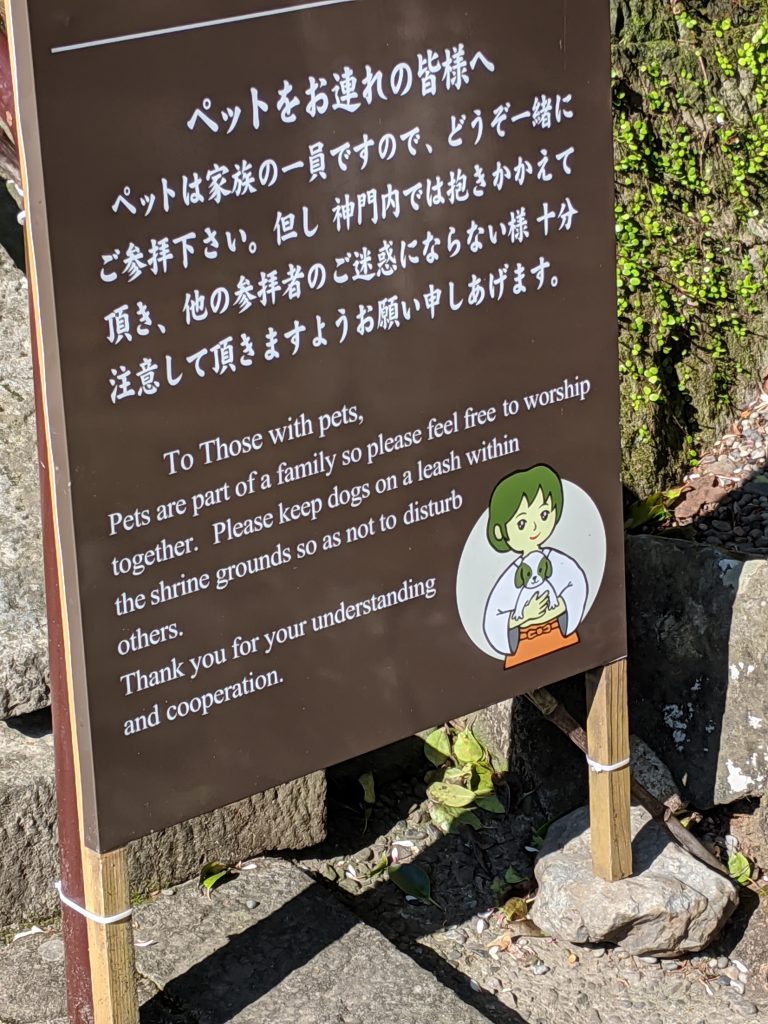
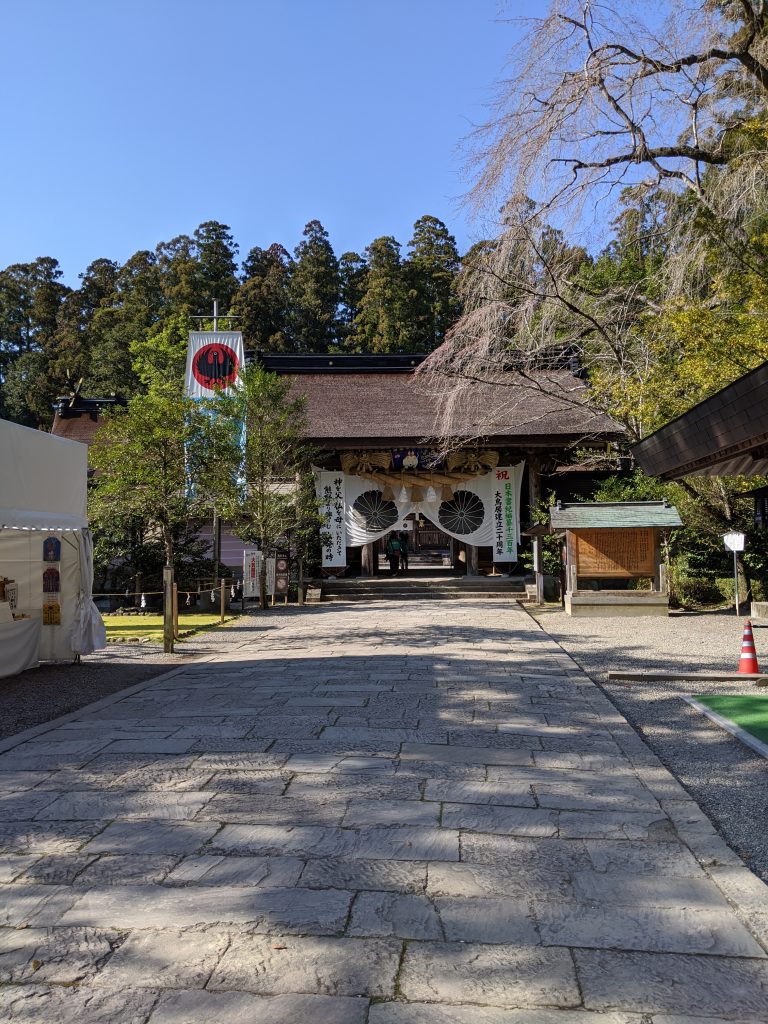
After exploring Hongu, I headed to my traditional ryokan in Yunomine Onsen, a remote hot spring town with two thousand years of history. My final lodging was by far my favorite, complete with an indoor and outdoor bathhouse. Dinner was Shabu Shabu, a hotpot dish of sliced meat and vegetables that you cook in boiling water. It was wonderful end to my day.
Day Four
I spent my last day enjoying one last dip in the hot spring and wandering around the beautiful town of Yunomine Onsen, truly one of my favorite towns I’ve ever visited. I caught the bus back to Tanabe, grabbed the rest of my luggage, and headed towards Tokyo, where I would stay for a full day before abruptly having to return back to Chicago. I’m incredibly thankful I was able to hike this trail before Coronavirus forced me home, and it was a highlight of my journey.
